
Good as New – Paint Work on the 2012 Maserati Gran Turismo
The paint and body team at Bridge Classic Cars have worked their magic on the 2012 Maserati Gran Turismo in with us for some paint


The paint and body team at Bridge Classic Cars have worked their magic on the 2012 Maserati Gran Turismo in with us for some paint
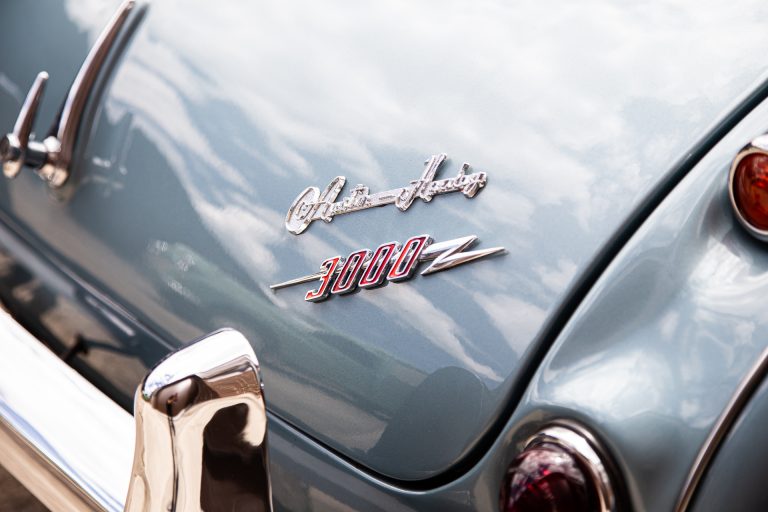
The gorgeous 1961 Austin Healey 3000 has arrived at the Bridge Classic Cars workshop for the team to carry out a relatively small job on
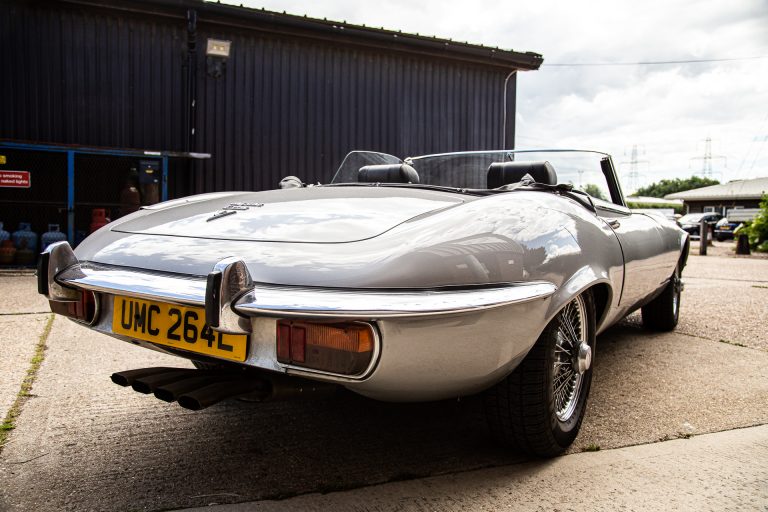
Just arrived into the Bridge Classic Cars workshop at our Suffolk HQ is this 1972 Jaguar E-Type V12 Roadster. The classic Jaguar is in for
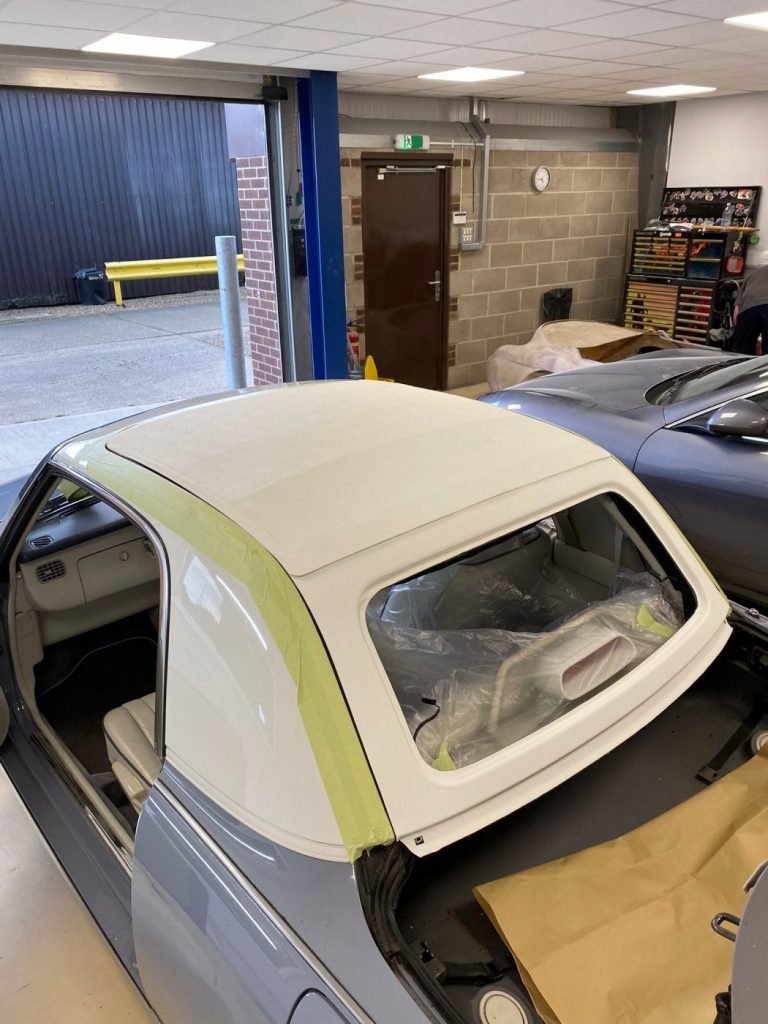
The in-house trim team at Bridge Classic Cars have been working on the foldable roof on the 1991 Nissan Figaro at our Suffolk HQ. To
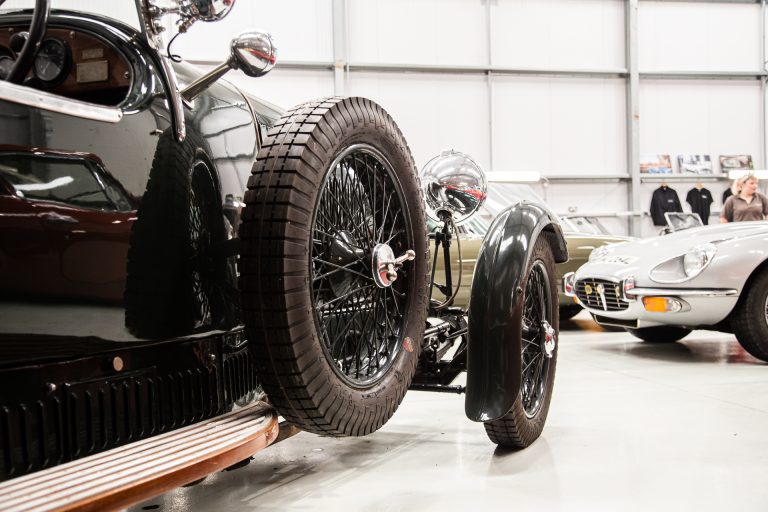
The breath-taking 1932 Lagonda Tourer has arrived at the Bridge Classic Cars workshop for our restoration teams to begin work on the car. The first
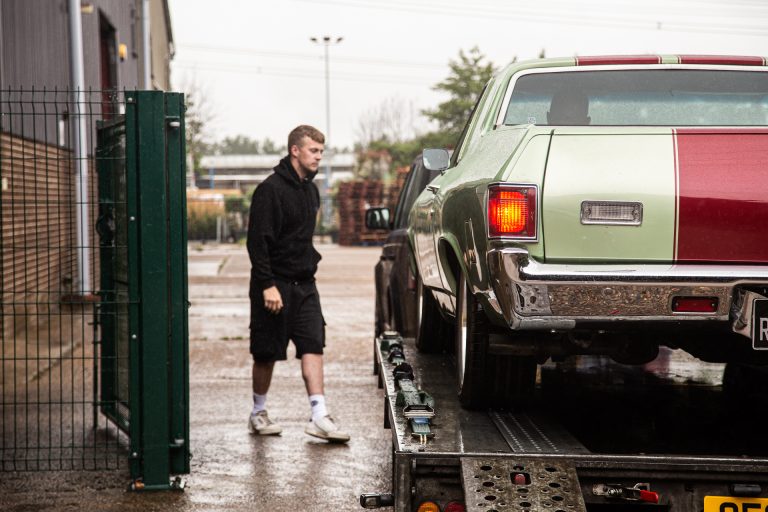
The 1972 Chevrolet El Camino is back with Bridge Classic Cars following a small leak from its automatic gearbox. The El Camino recently had work
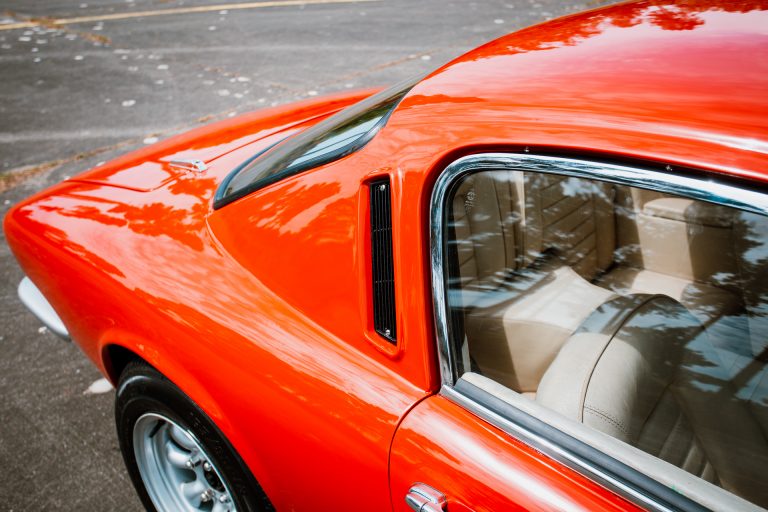
The Lotus Elan – An iconic piece of British design which has inspired and helped to form its competition since its introduction in 1962. Lotus
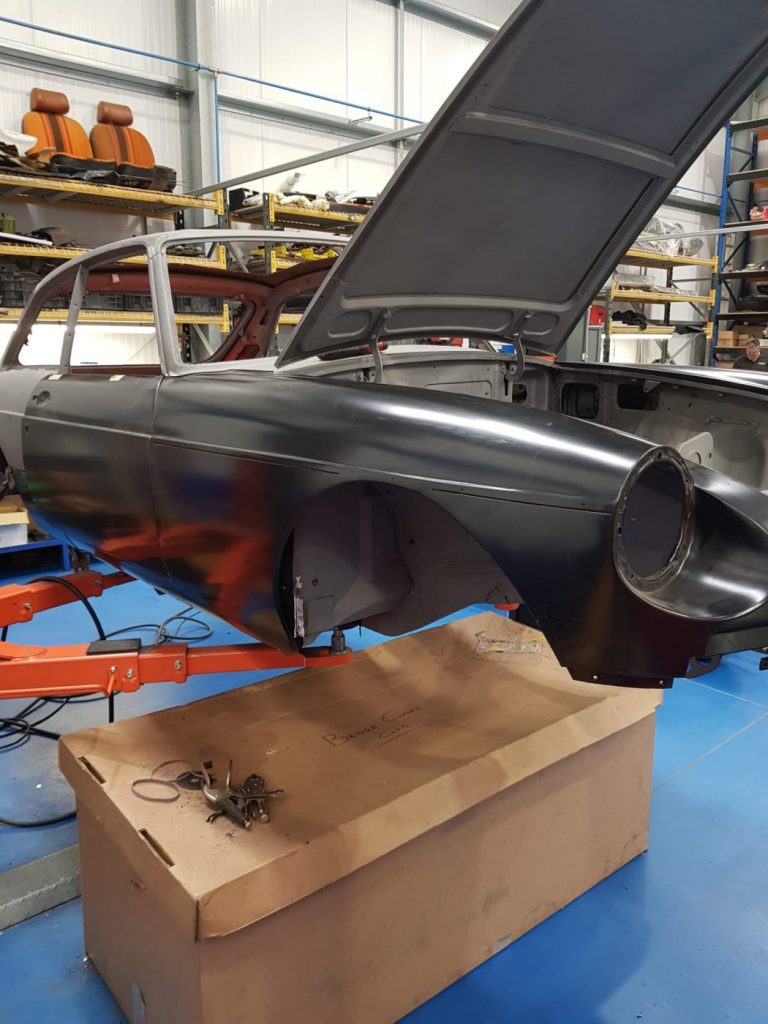
The restoration workshop at Bridge Classic Cars has been continuing with the metal repairs to the 1978 MG B GT in with us for restoration.

The 1963 Morris LD which has been at Bridge Classic Cars for our workshop team to do carry out some mechanical reconditioning work, is having
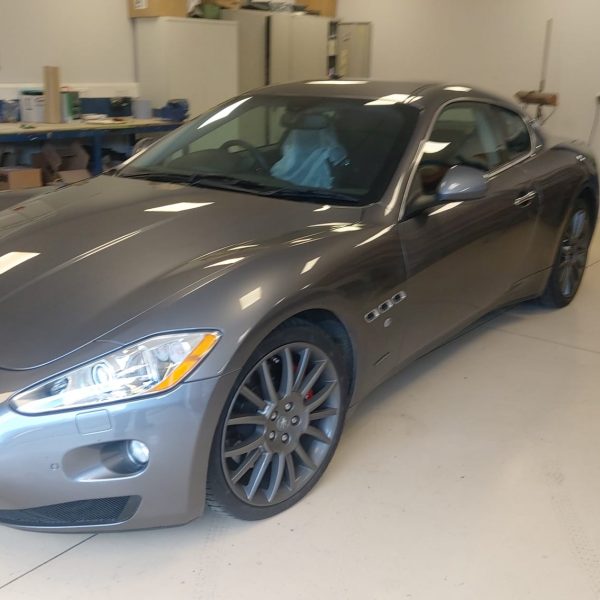
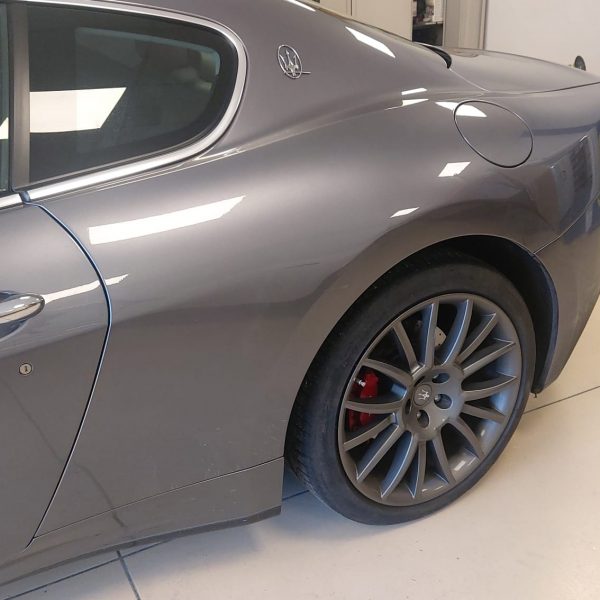
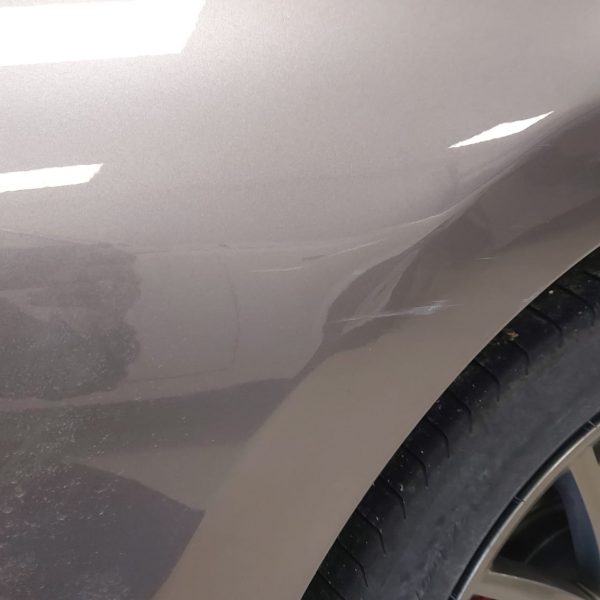

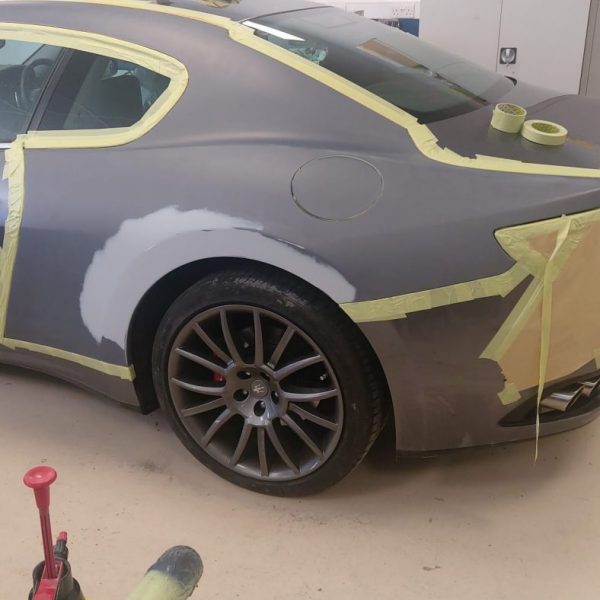

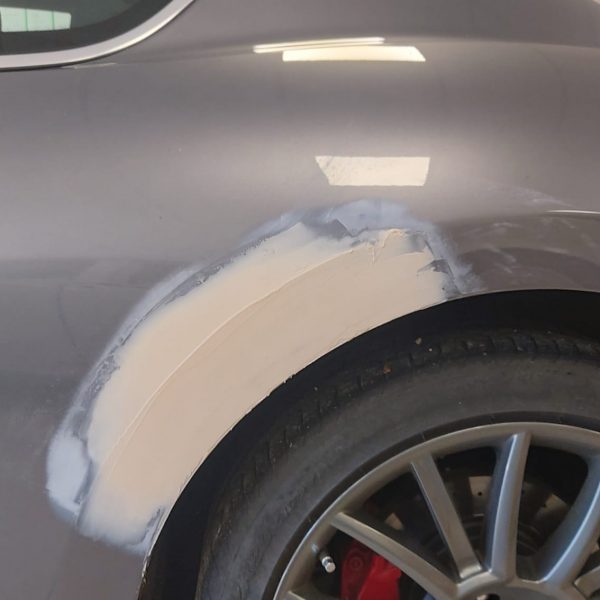

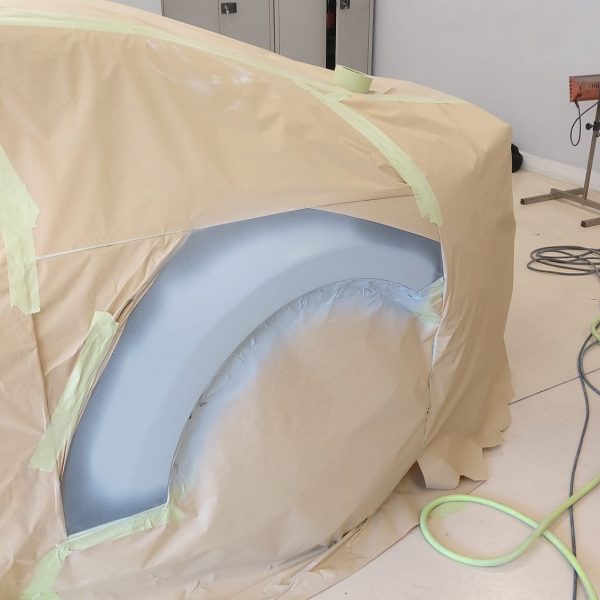

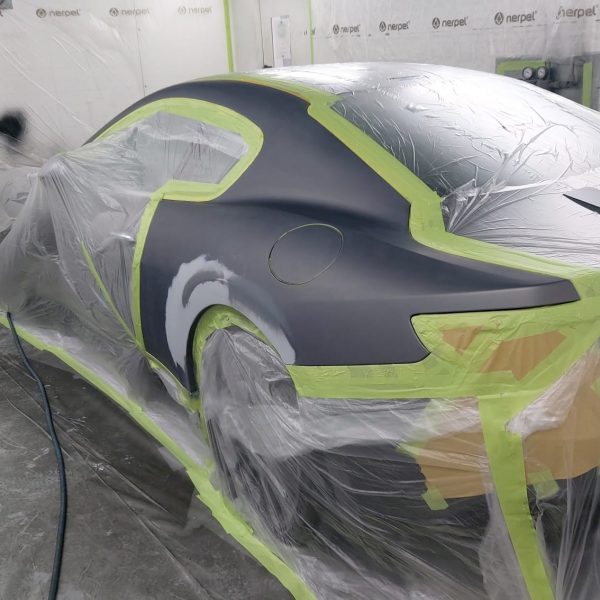

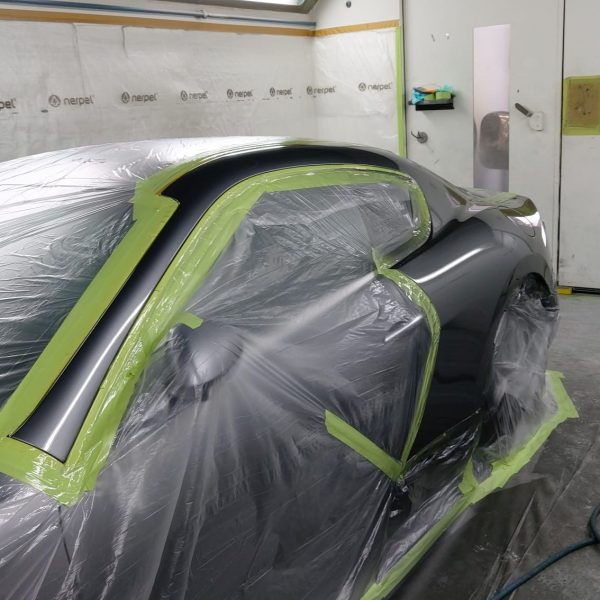
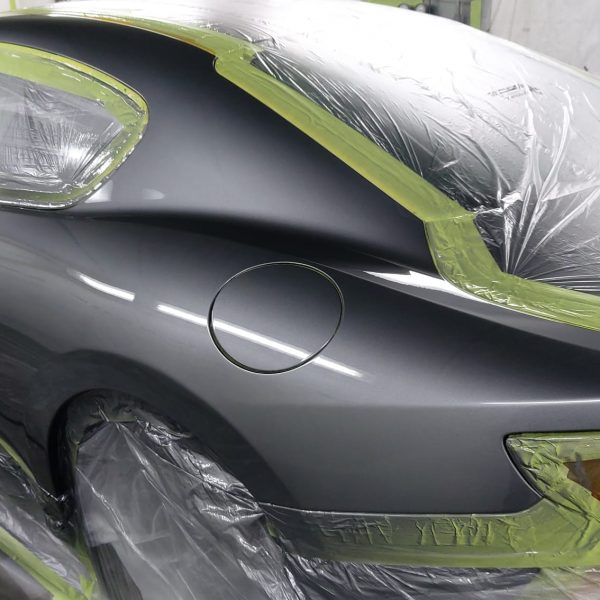
The paint and body team at Bridge Classic Cars have worked their magic on the 2012 Maserati Gran Turismo in with us for some paint repairs.
The team began by sanding back the area where the scratches were. Taking the panel back to bare before building it back up with minimal filler. The majority of this was sanded away to create a perfectly smooth and flat surface to the team to prime ahead of paint.
Once the primer had cured, the car could be taken into the spray booth. The whole panel, which stretches from the rear quarter up and over the passenger door, was sanded back for the team to then shoot the colour matched paint.
This was blended into the existing paint for a perfectly seamless transition and looks incredible.
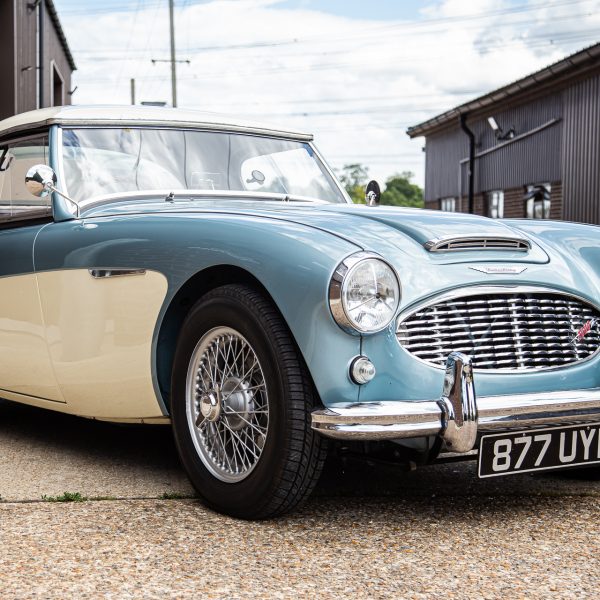
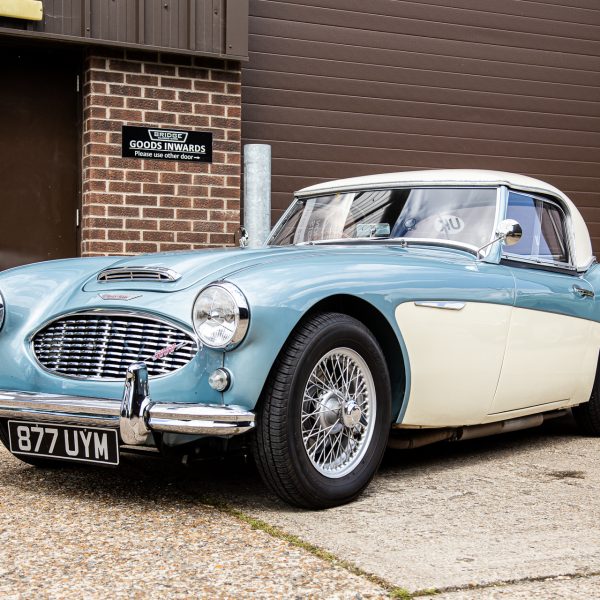
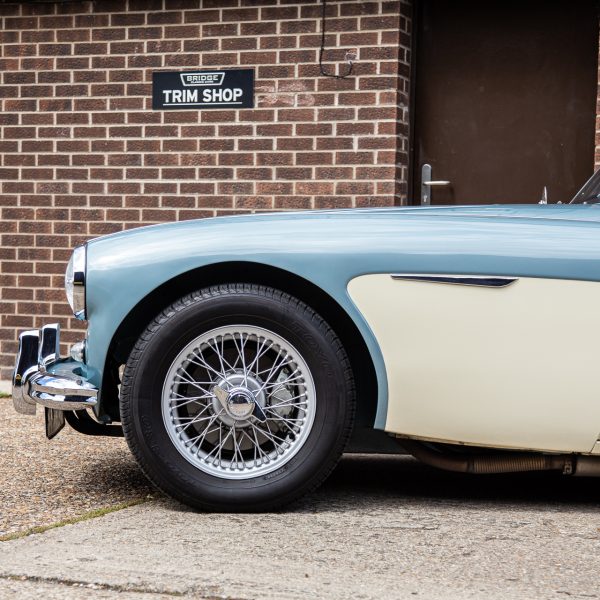

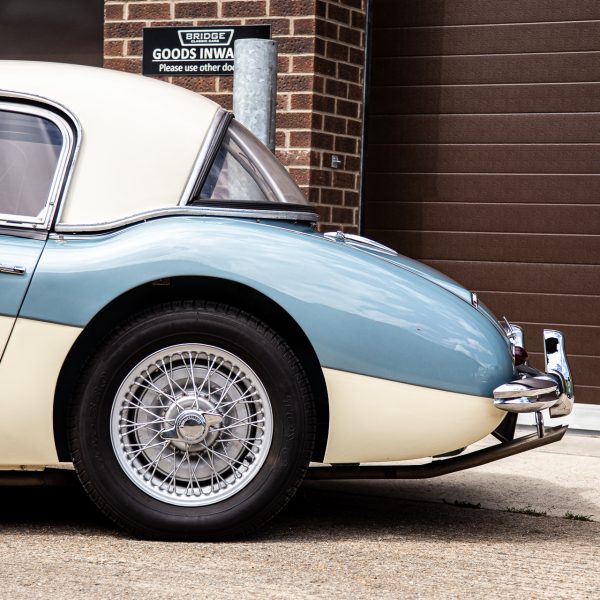
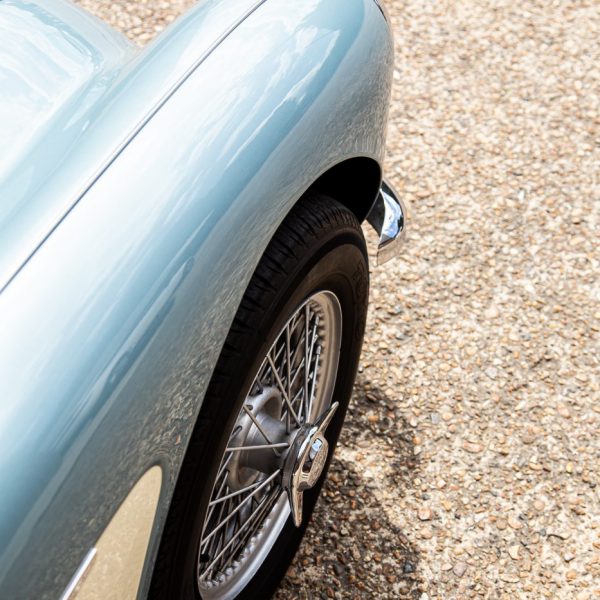
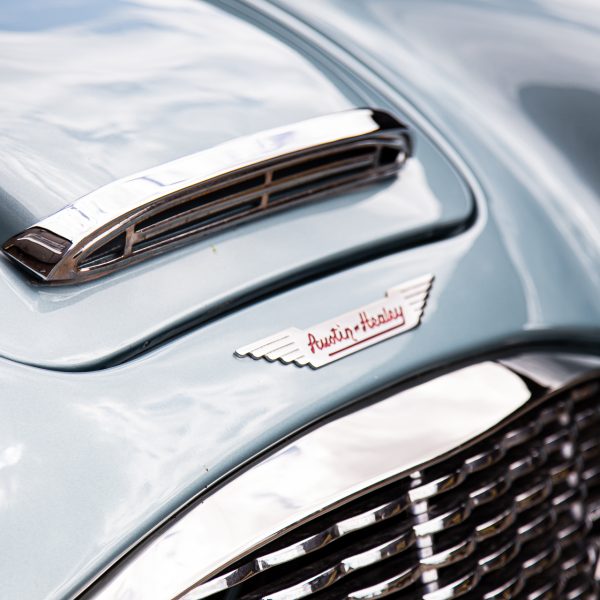
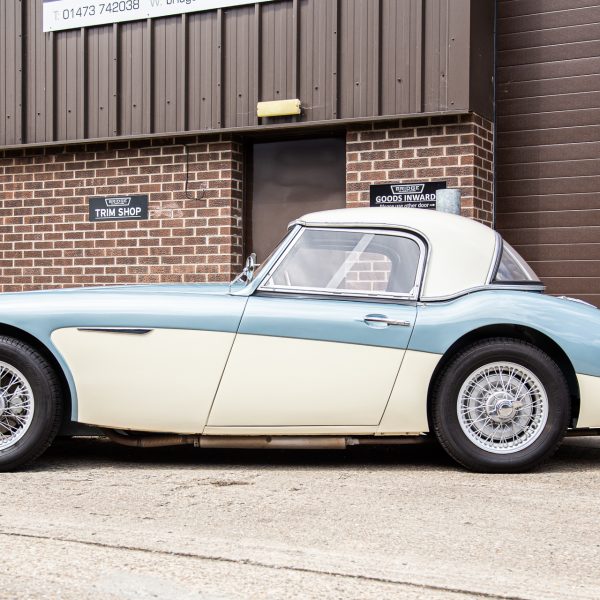
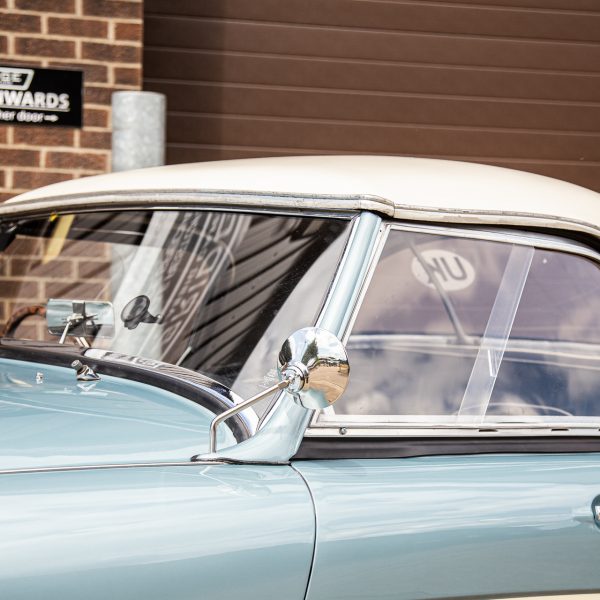
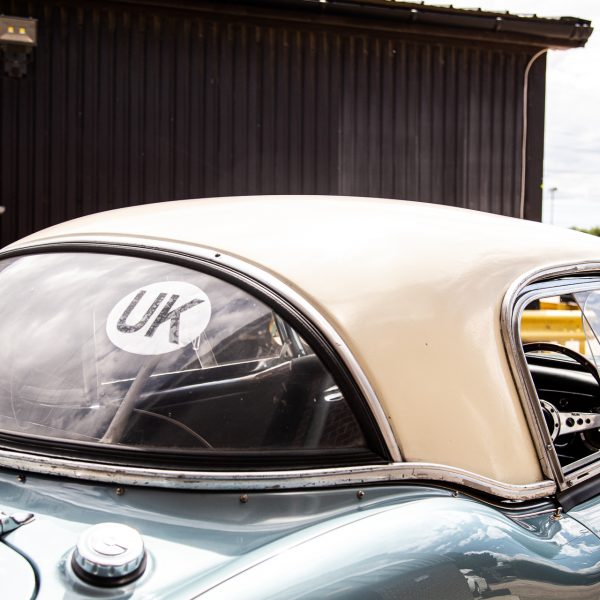
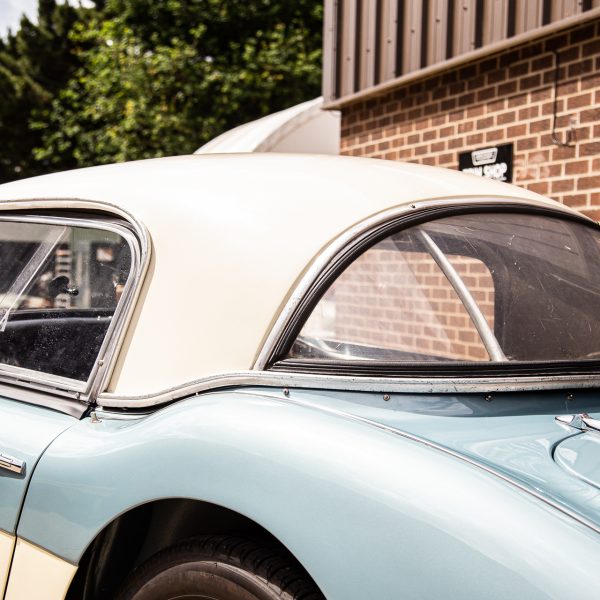

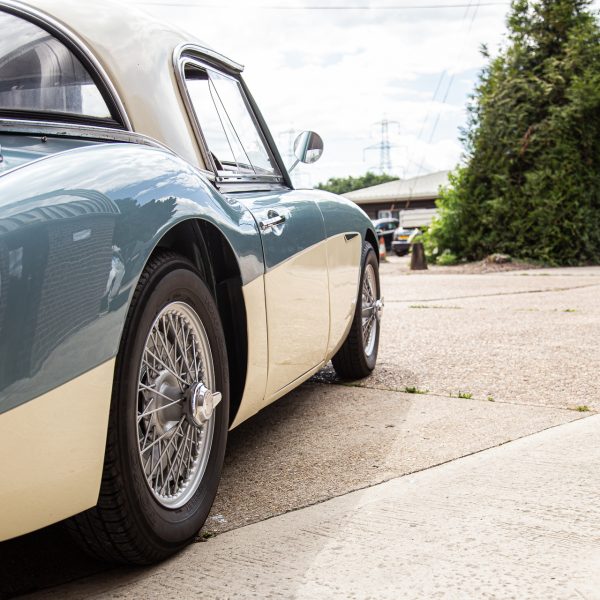
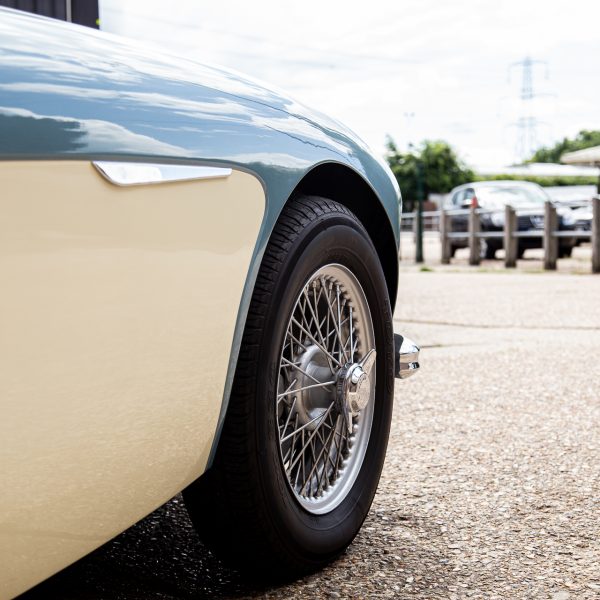

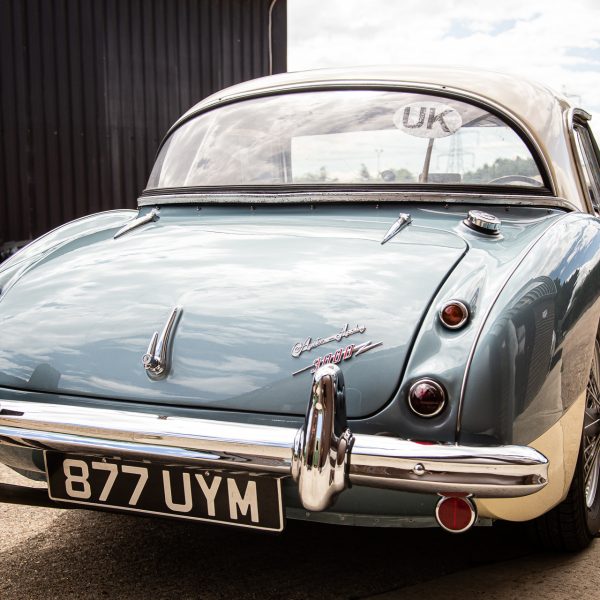

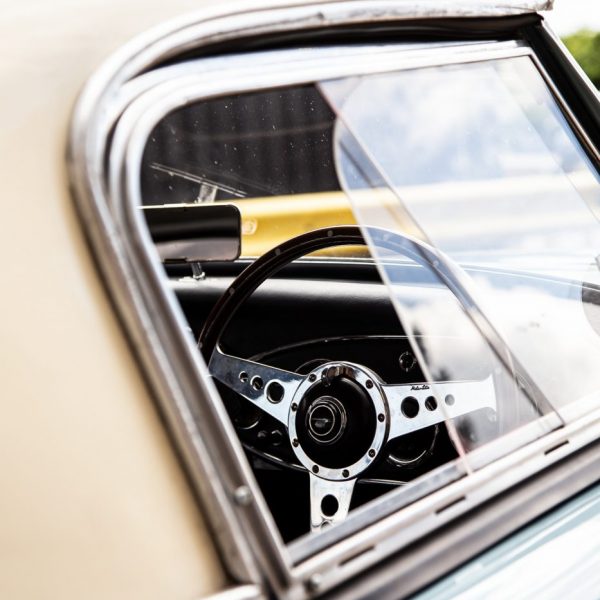
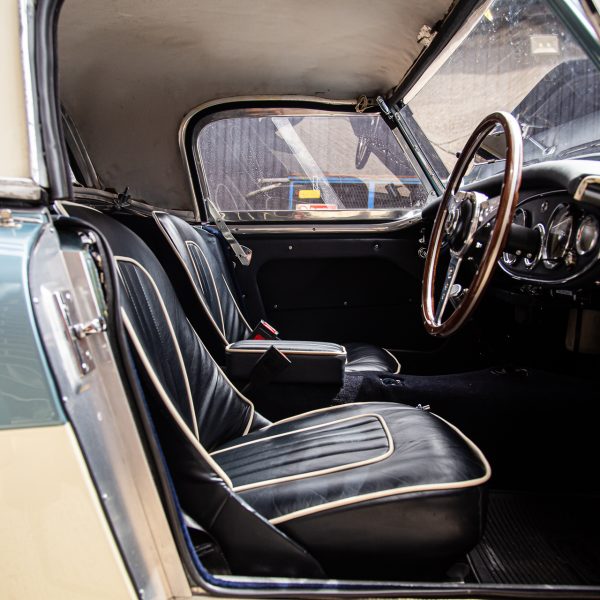
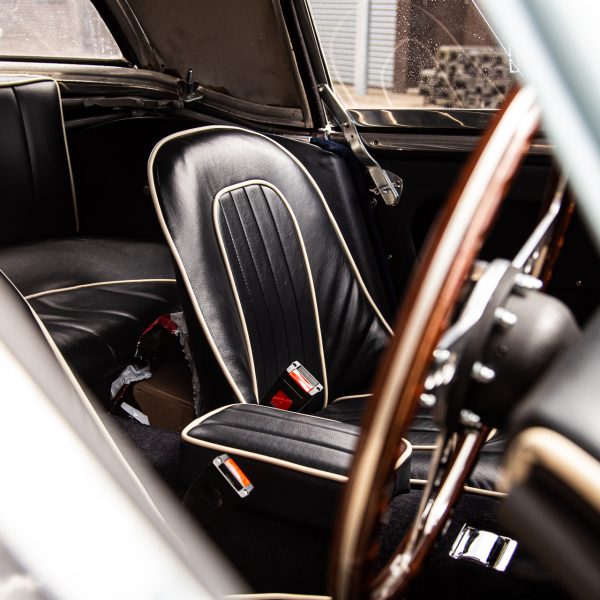
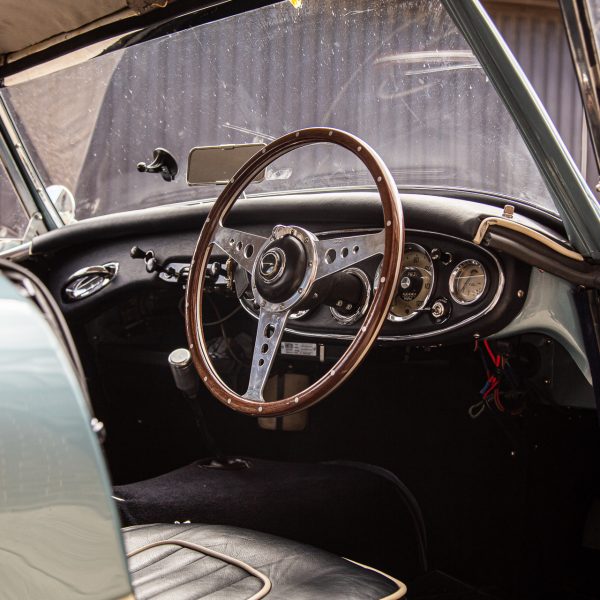
The gorgeous 1961 Austin Healey 3000 has arrived at the Bridge Classic Cars workshop for the team to carry out a relatively small job on the classic sports car.
The car has come in for the team to replace the wiper motor for the car.
But, it’s always lovely to have another one of these in our workshop.
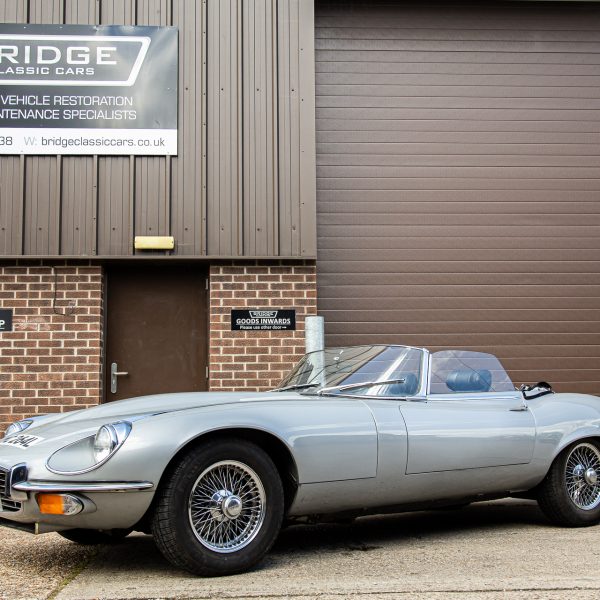

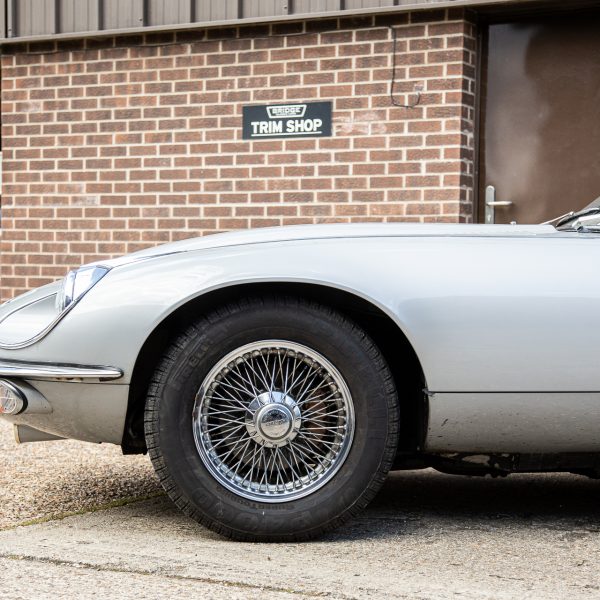
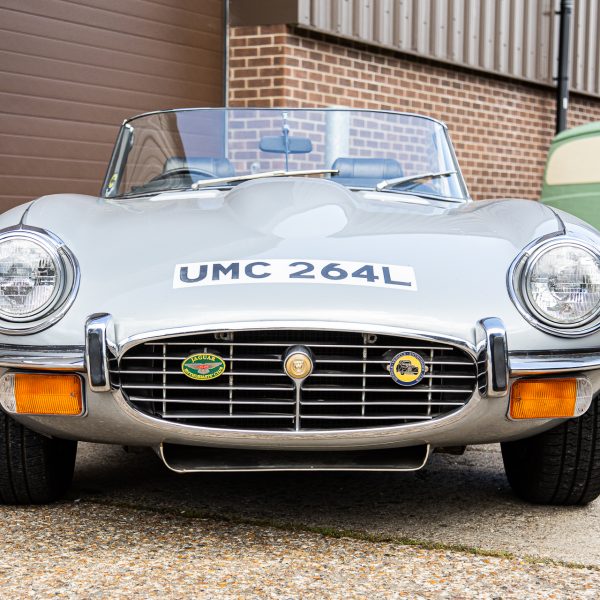
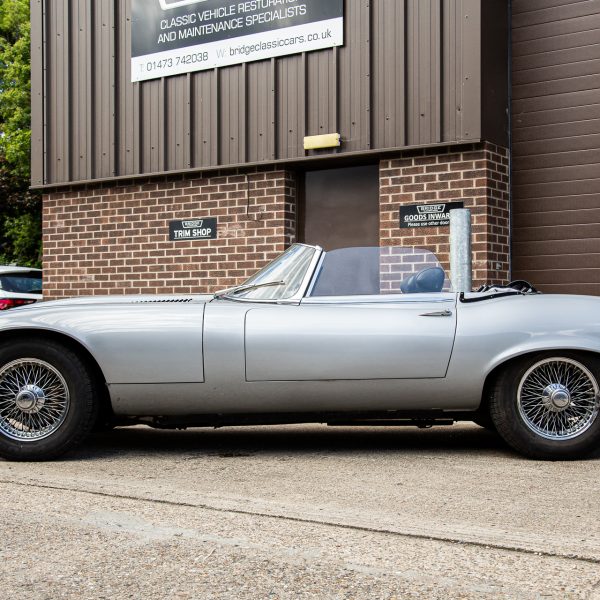

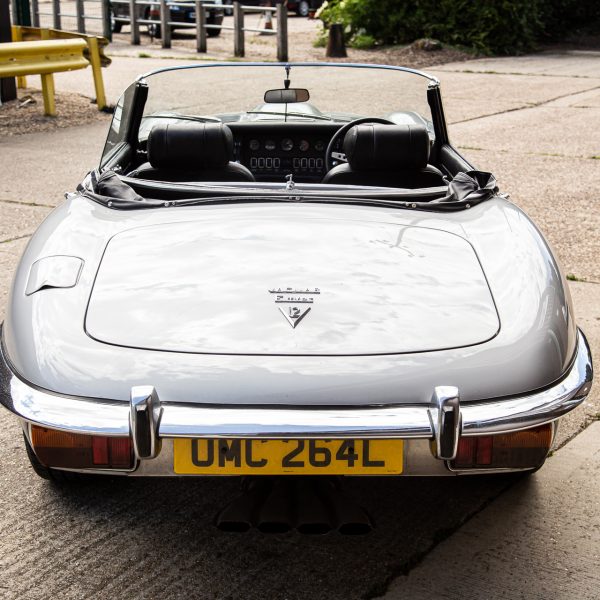
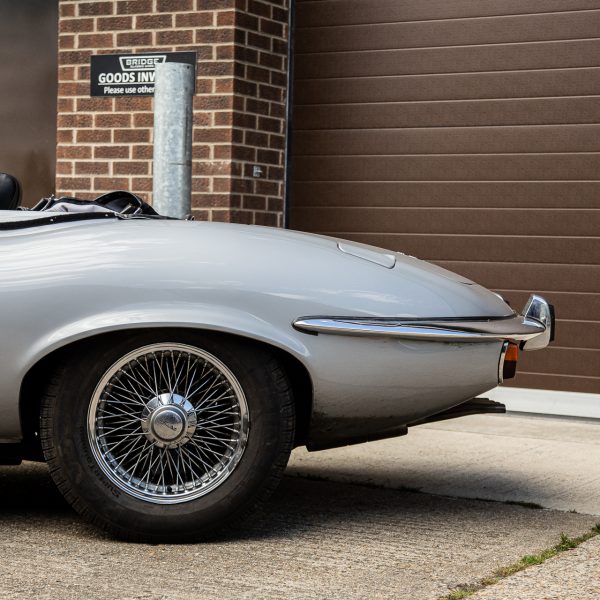


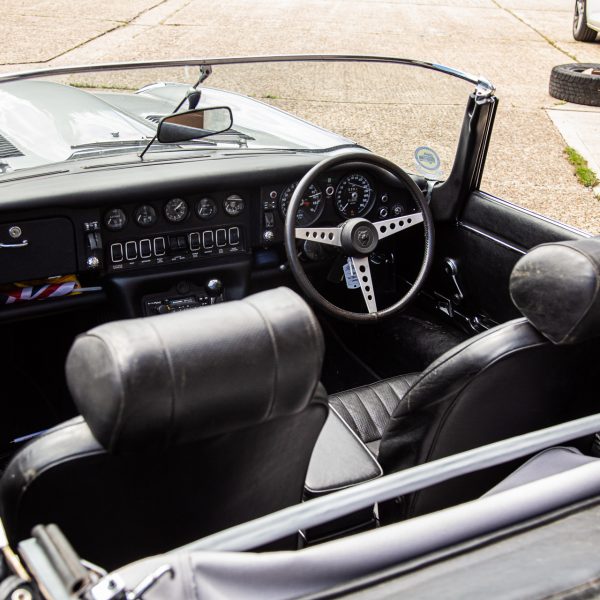
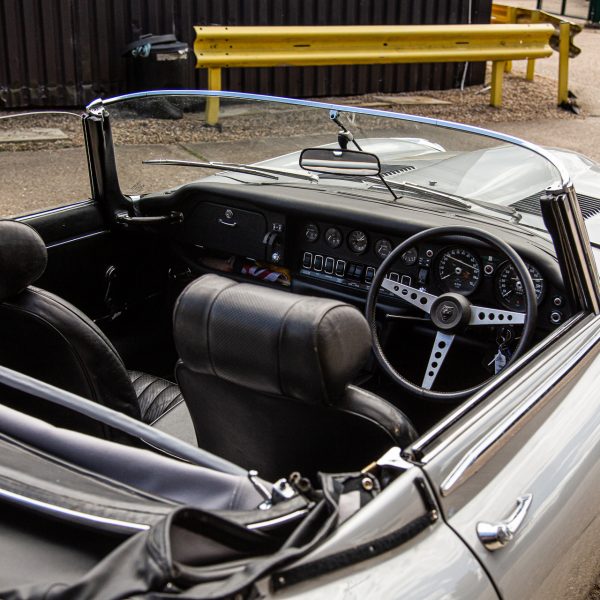

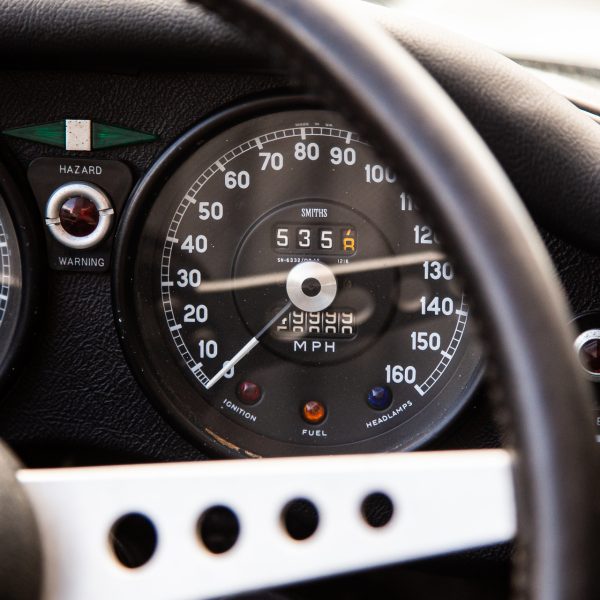
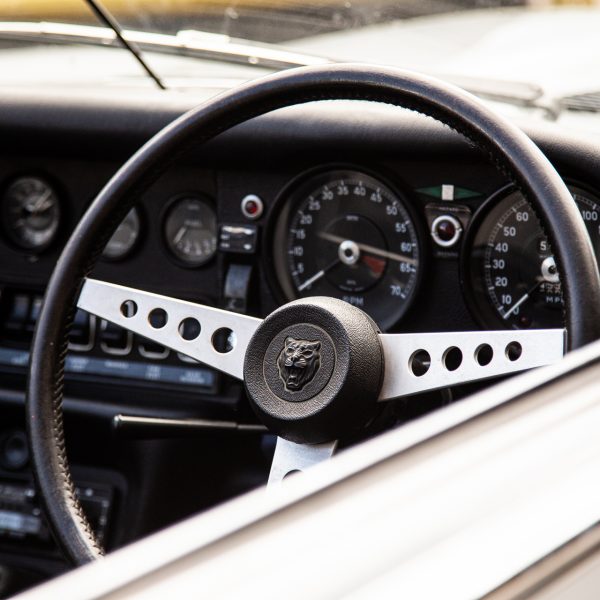
Just arrived into the Bridge Classic Cars workshop at our Suffolk HQ is this 1972 Jaguar E-Type V12 Roadster.
The classic Jaguar is in for our workshop team to carry out a series of jobs on the car. Firstly the car will be given a full service alongside a gearbox oil change to the upgrade 5-speed transmission. Then the team have been asked to replace both the differential oil and to drain and refill the coolant system for the V12.
The team will also carry out a full inspection and assessment on the E-Type for its owner and report back any of their findings.
Keep an eye out on the Bridge Classic Cars news page for more updates on the beautiful 1972 Jaguar E-Type V12 Roadster.
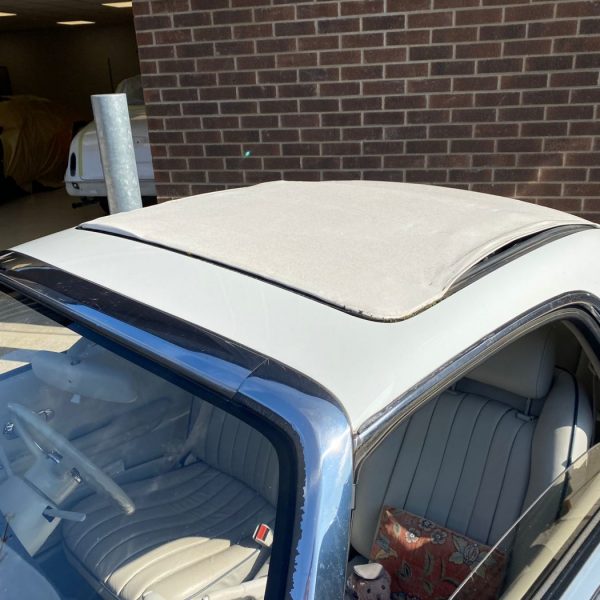
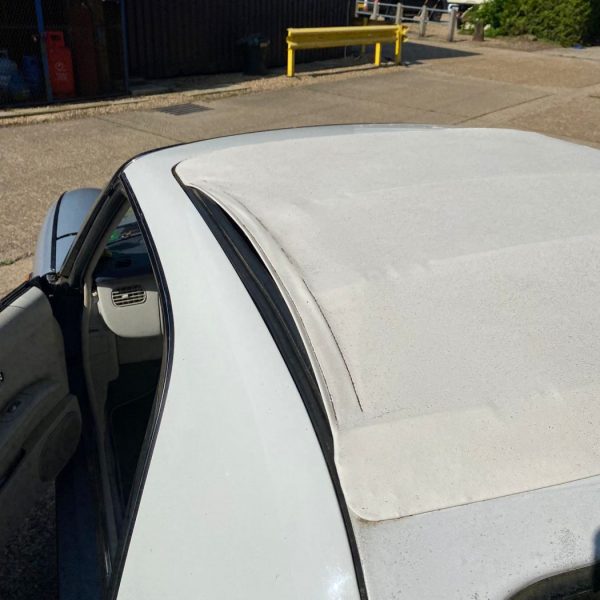
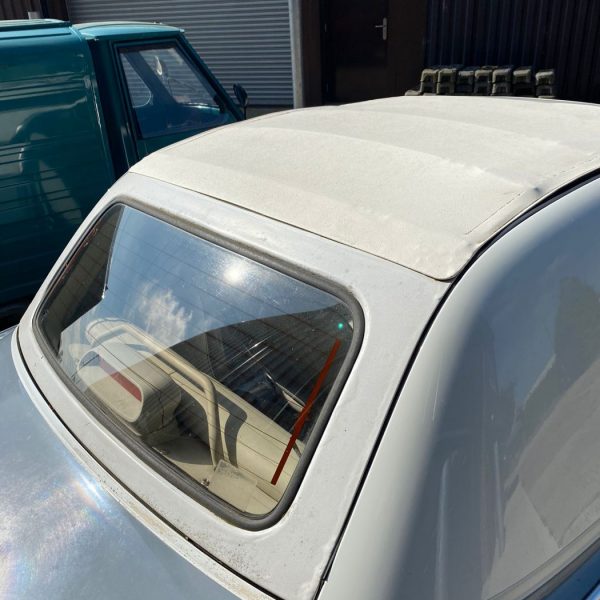
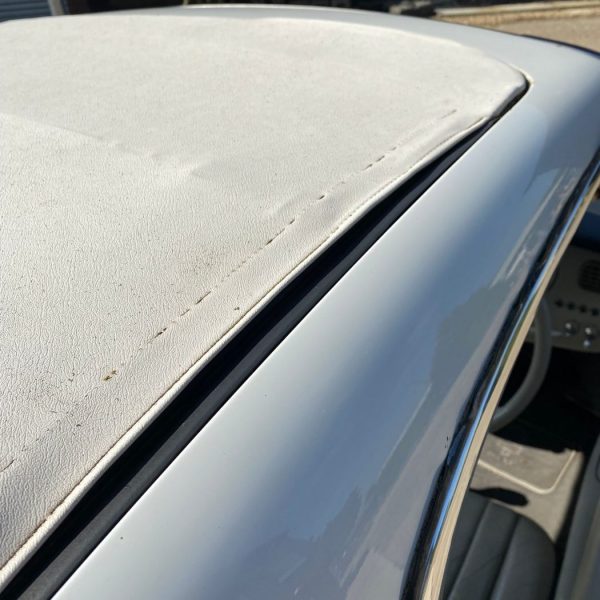

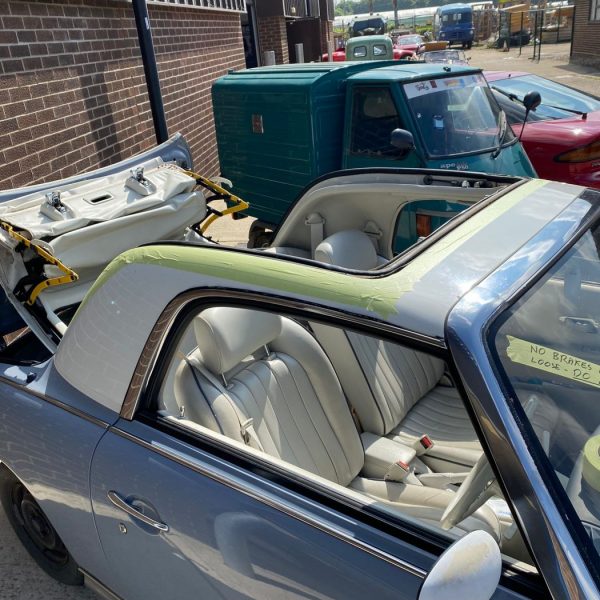

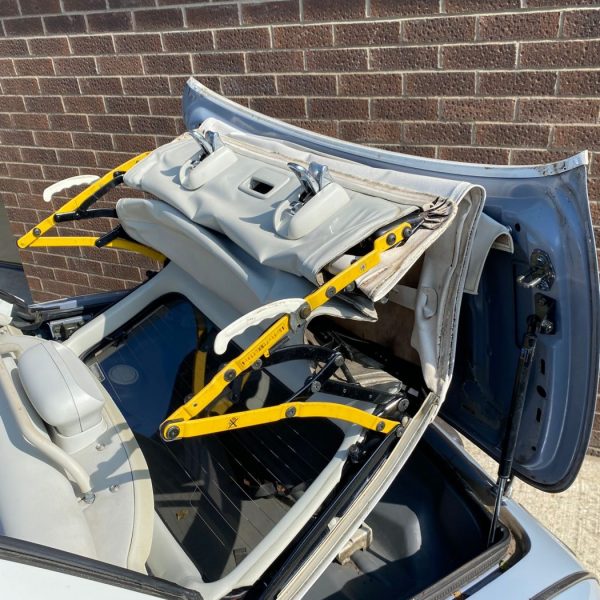

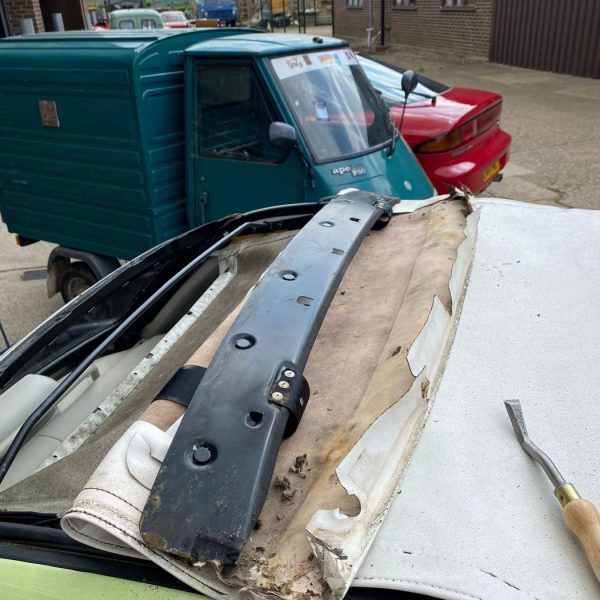
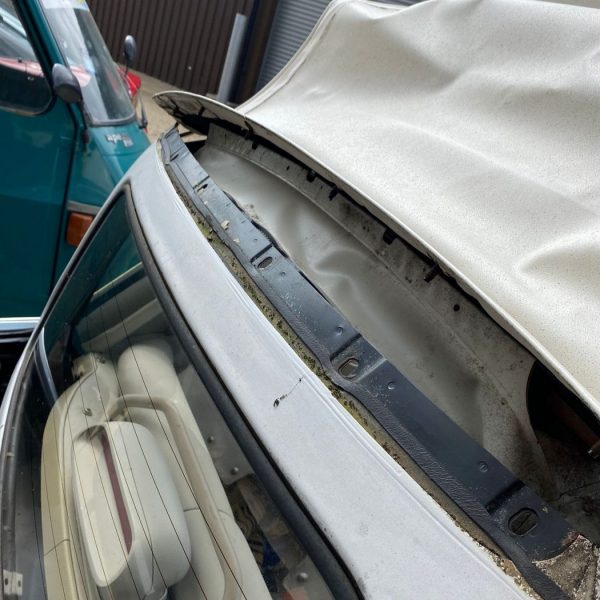
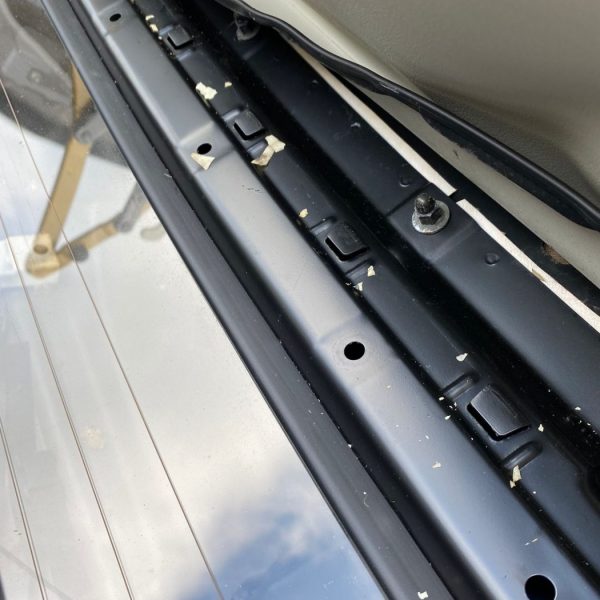
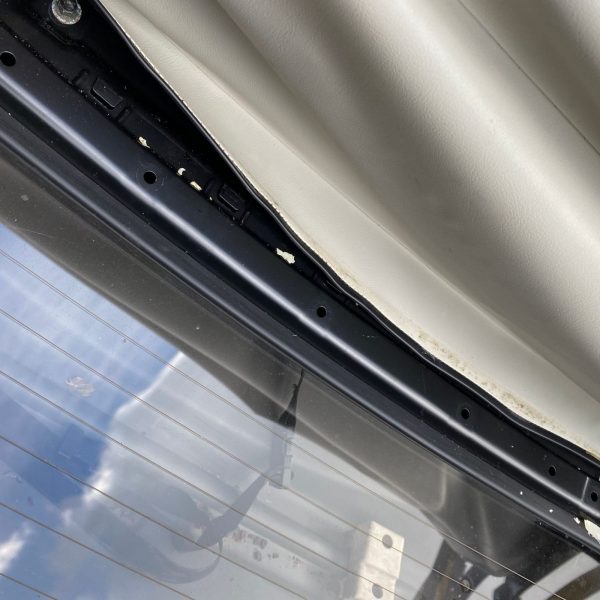
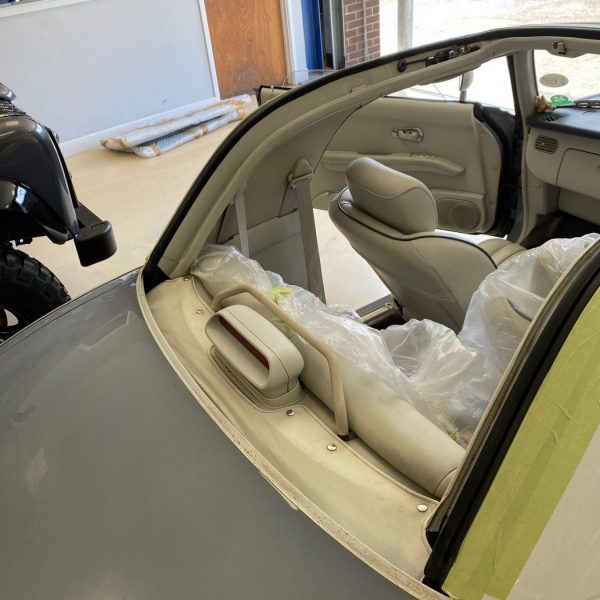
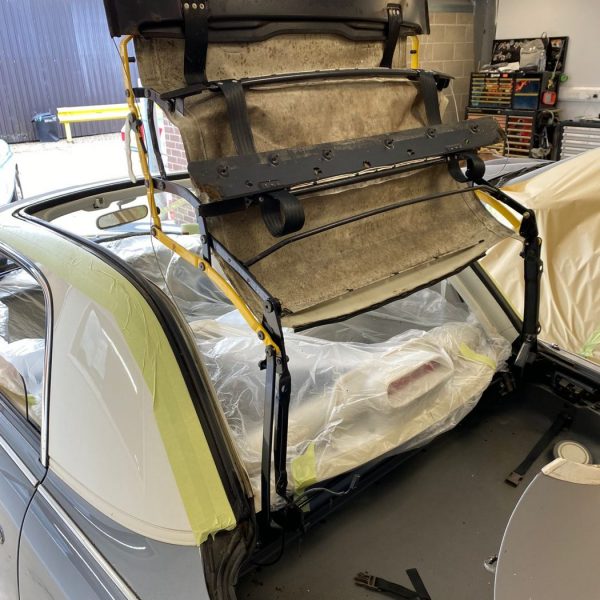
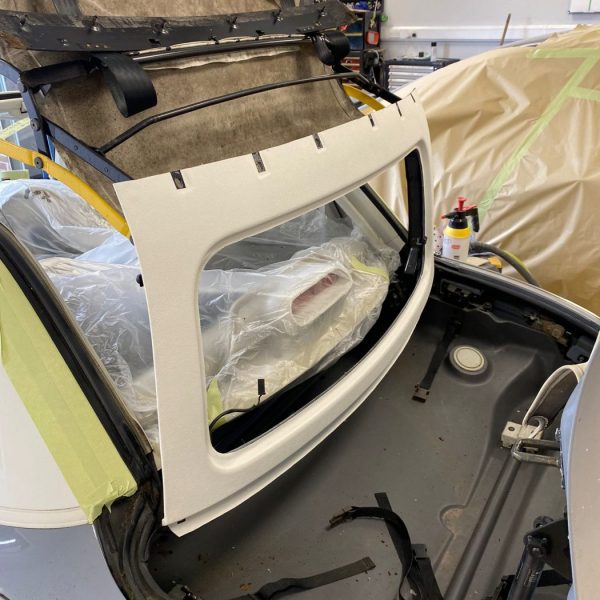



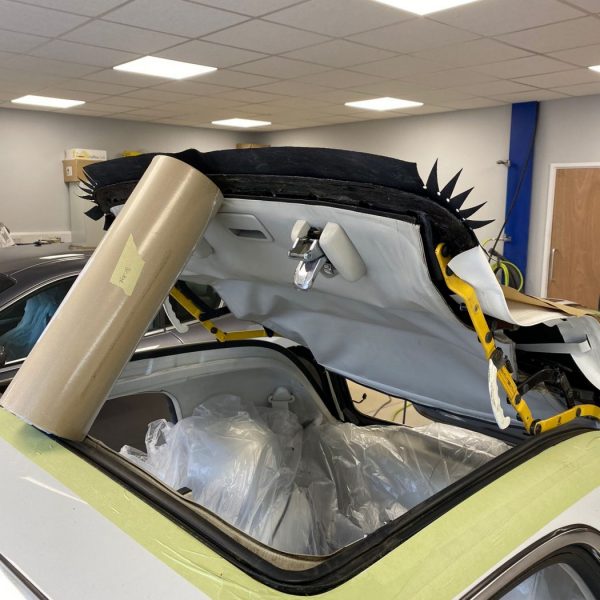

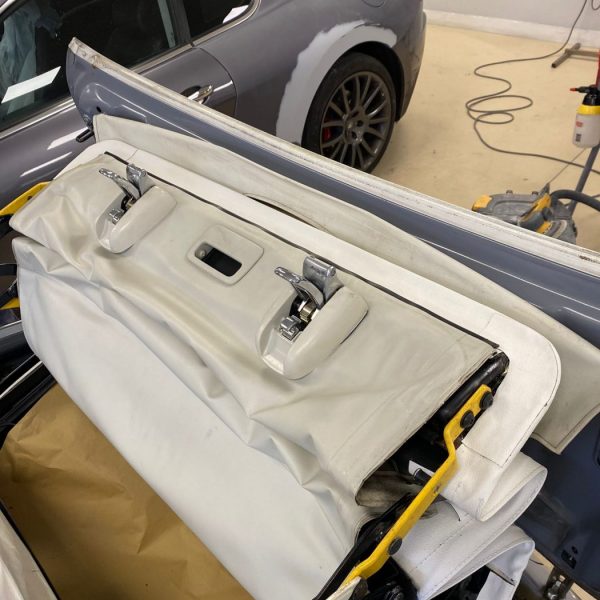
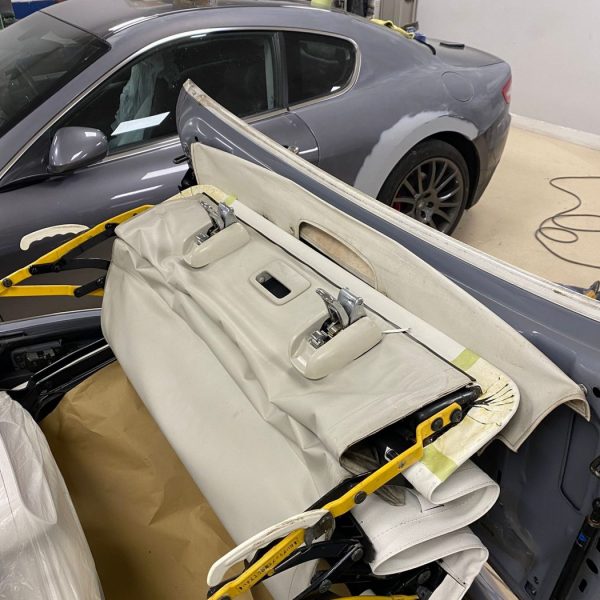
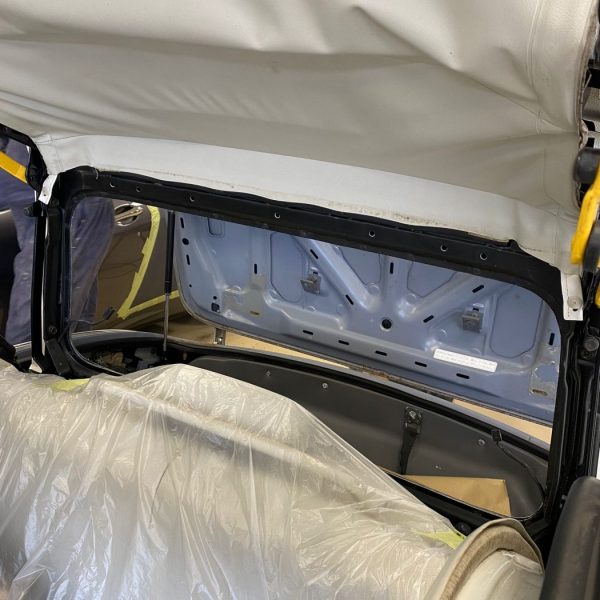

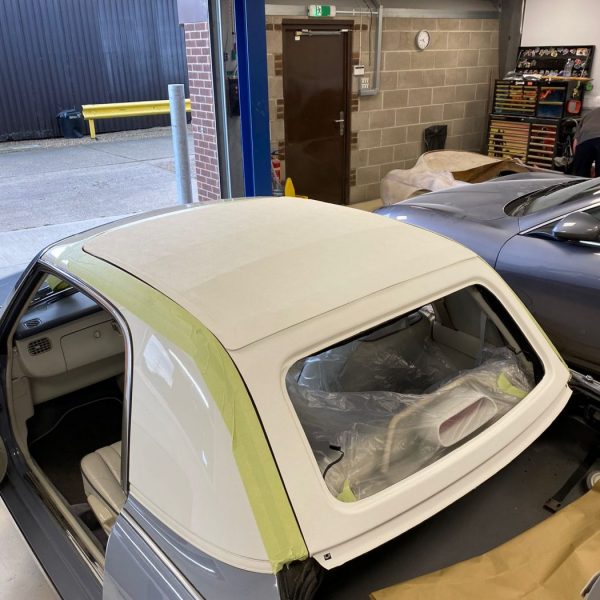
The in-house trim team at Bridge Classic Cars have been working on the foldable roof on the 1991 Nissan Figaro at our Suffolk HQ.
To begin with, the team had to remove the old roof from the rails and mechanisms. Also, the team had to remove the rear window which is bolted to the frame and folds down into the cubby with the covering.
Before removing the roof, the team masked up the edges so as to avoid any damage to the paint on the car.
Once everything had been removed and inspected, with several pieces cleaned up at the same time, the team could begin to get the new roof and window back into place. The rear window frame was bolted into the frame to act as a guide for the new soft roof covering to be test fit against.

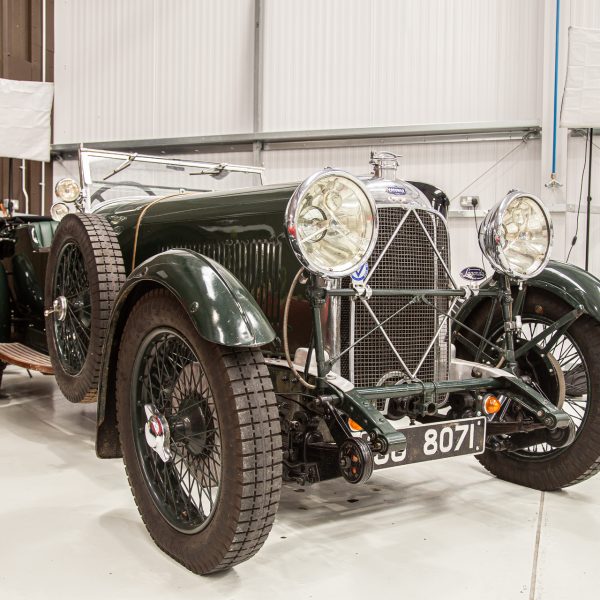

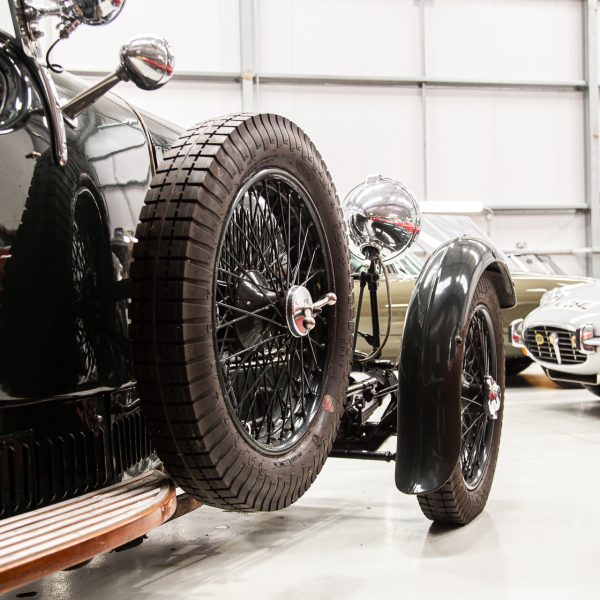
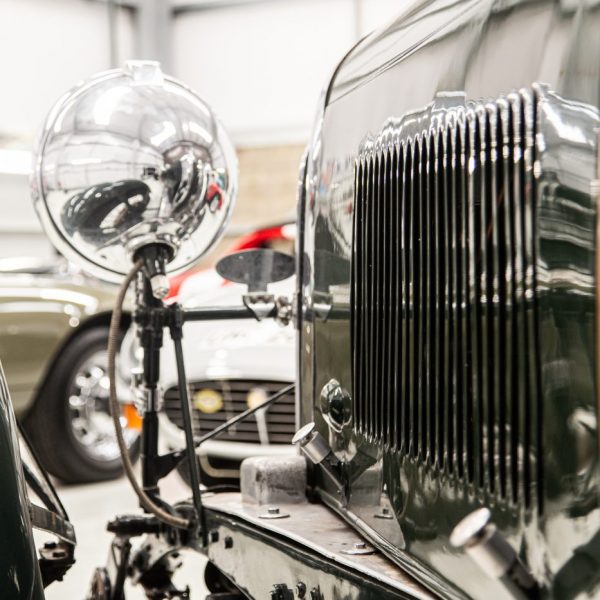

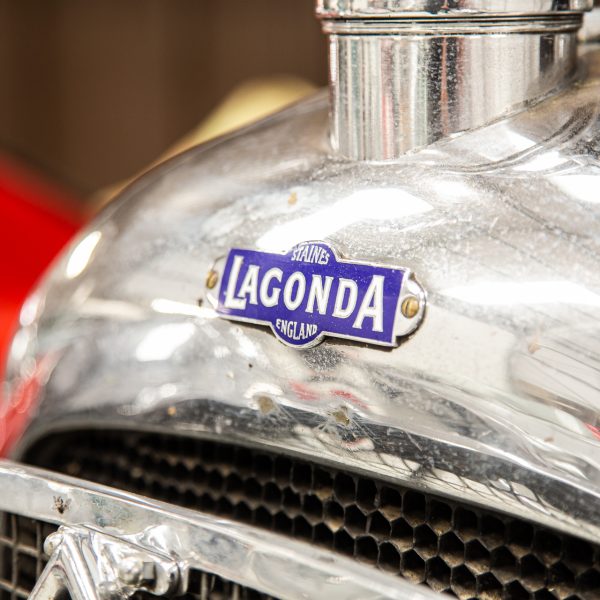

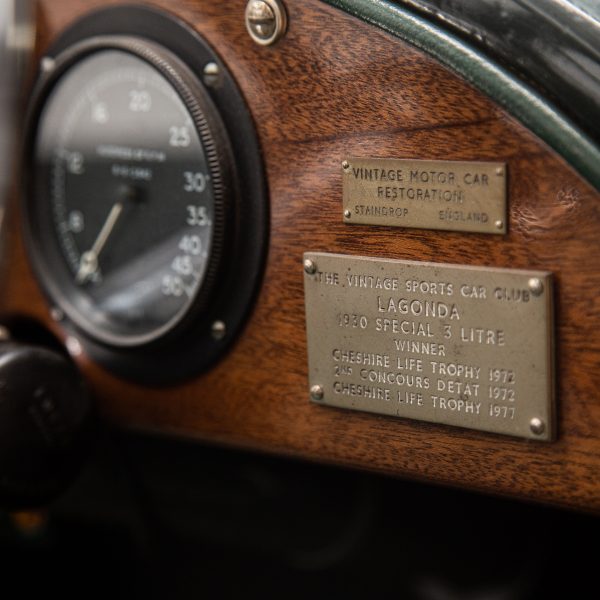
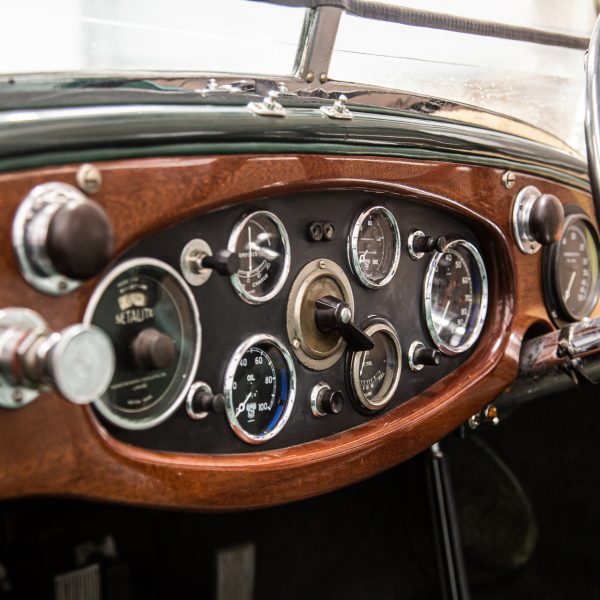

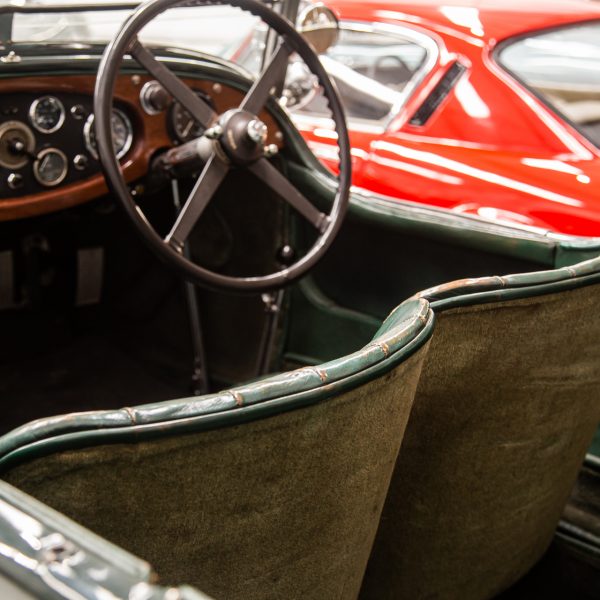
The breath-taking 1932 Lagonda Tourer has arrived at the Bridge Classic Cars workshop for our restoration teams to begin work on the car.
The first team will be our in-house trim shop, which has been tasked with hand-making a tonneau cover for the classic pre-war Lagonda. The team have also been asked to create a bespoke hood envelope for the foldable roof of the car.
Then, it will be handed over to the paint and body team to address some scratches in the bodywork of the classic Lagonda.
Keep an eye out on the Bridge Classic Cars news page for more updates on the 1932 Lagonda Tourer.


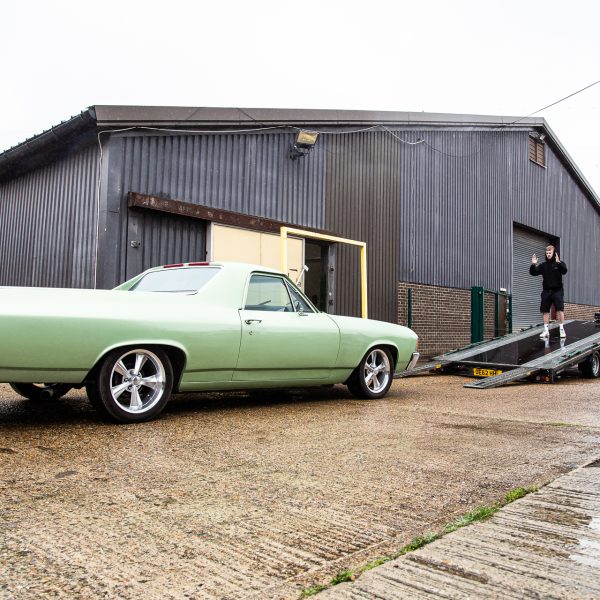
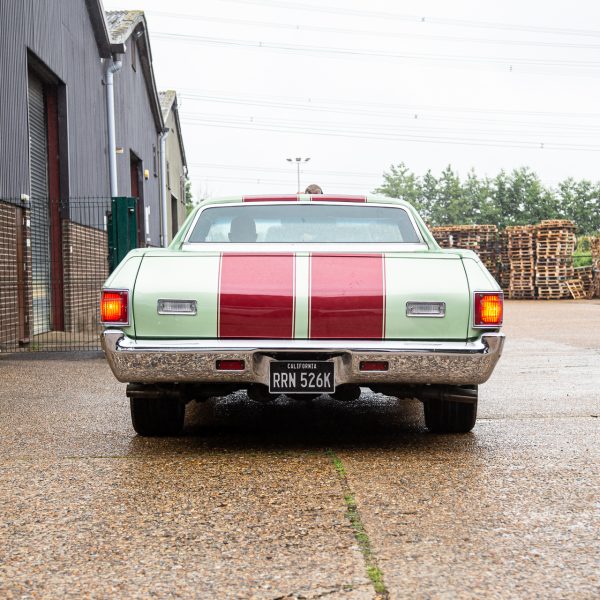
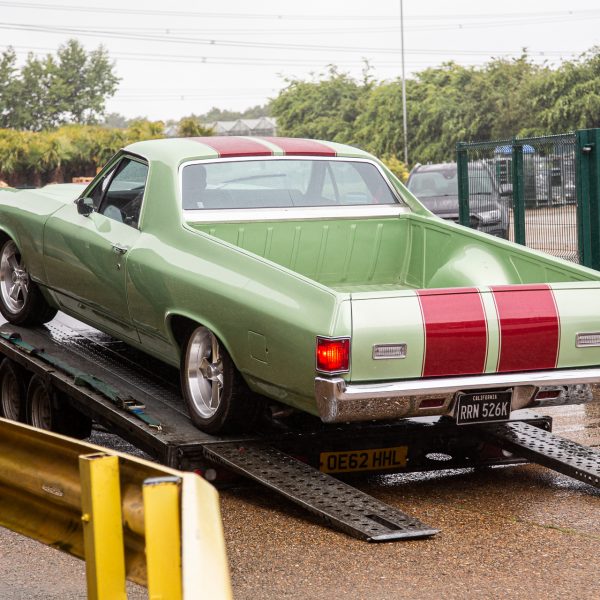
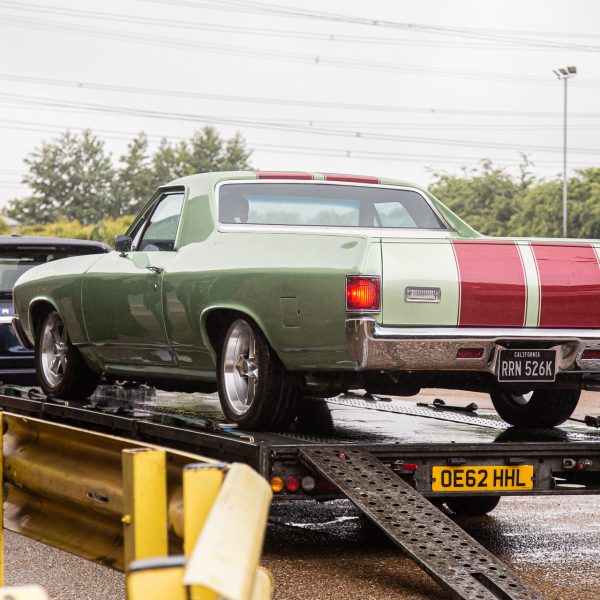

The 1972 Chevrolet El Camino is back with Bridge Classic Cars following a small leak from its automatic gearbox.
The El Camino recently had work done to its transmission by our trusted automatic gearbox specialists so when the owner called to say he had discovered a small leak we got the classic American muscle car booked back in to have the transmission revisited by Automatic Transmissions in Essex.
The team loaded up the car onto the trailer and strapped it down ahead of its journey south.
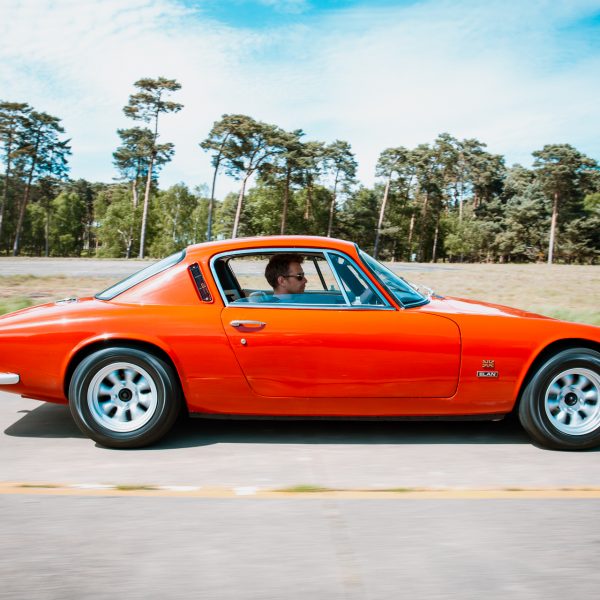
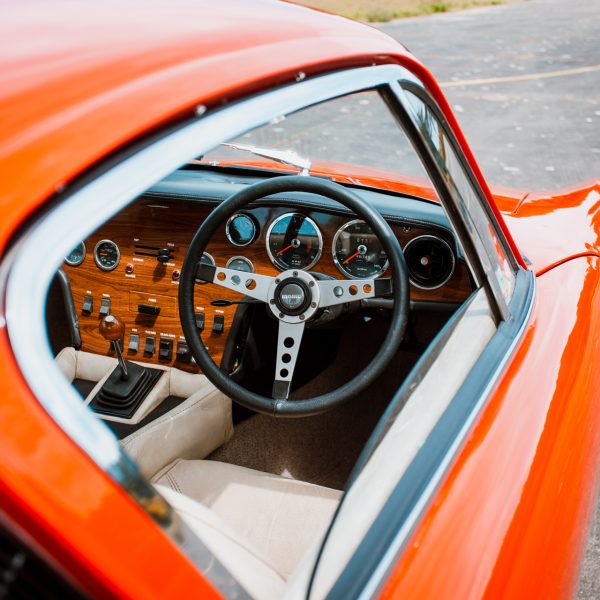
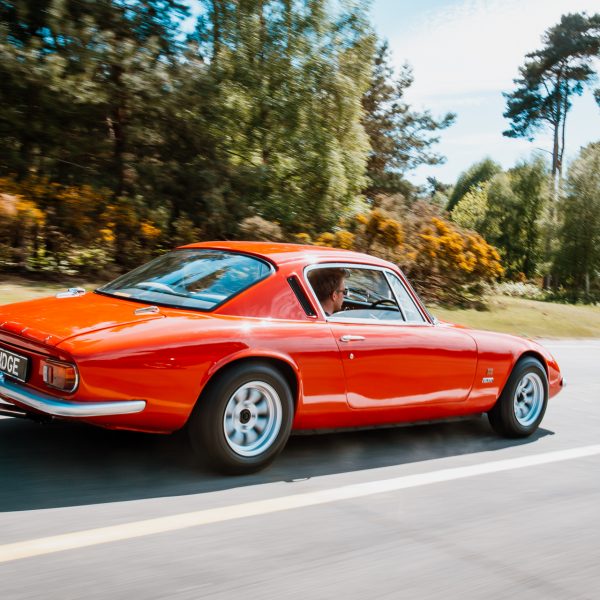

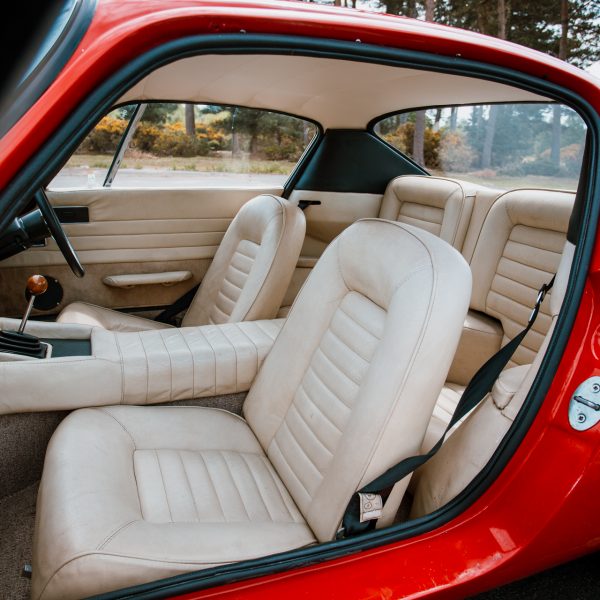
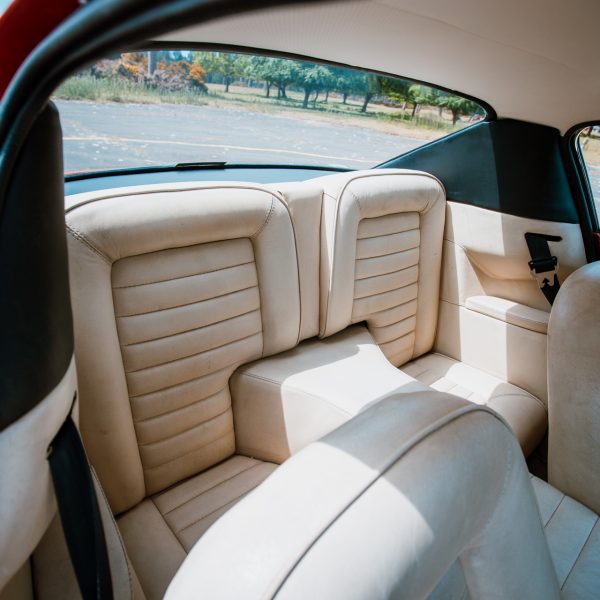
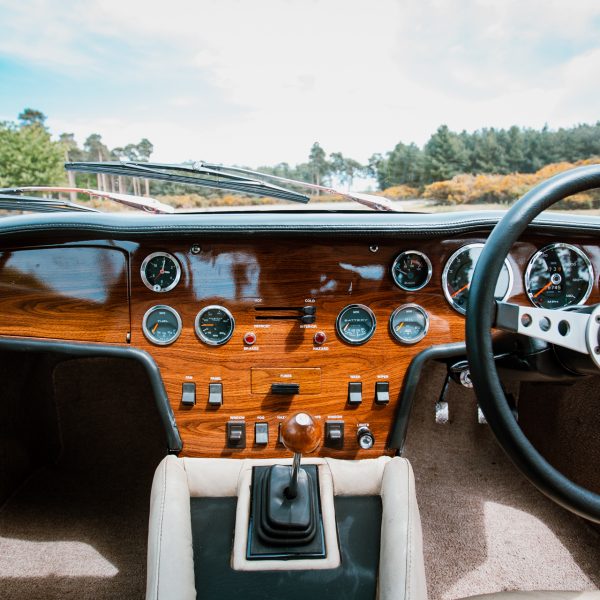
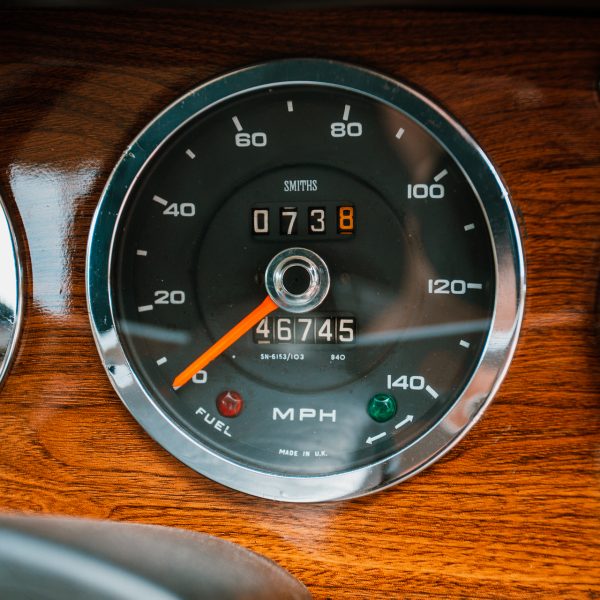


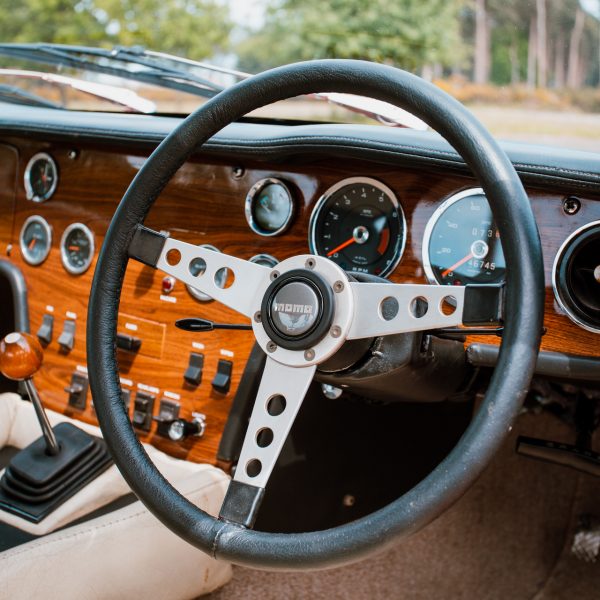
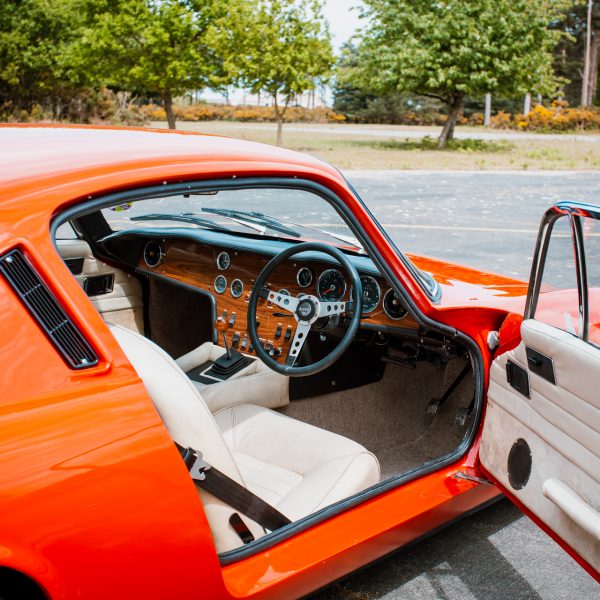
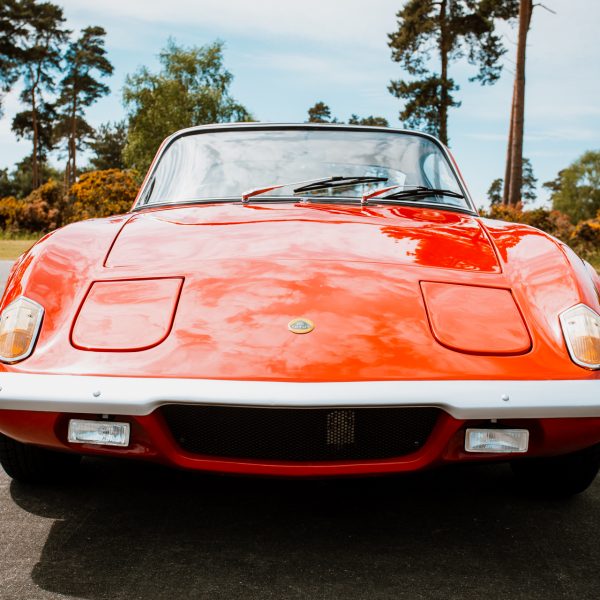
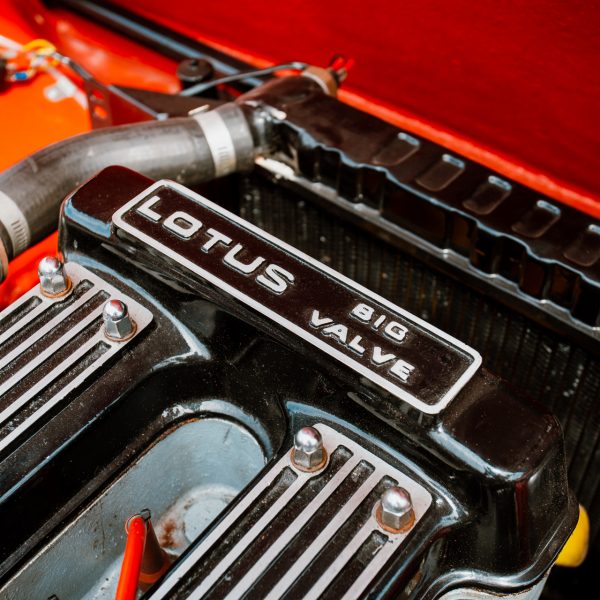
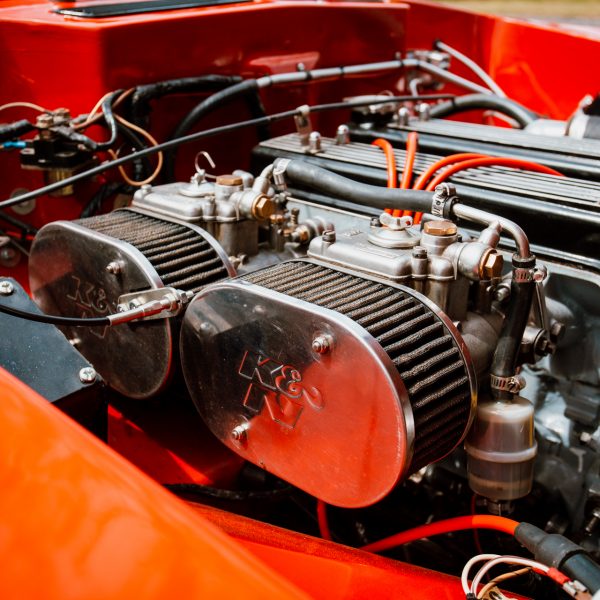
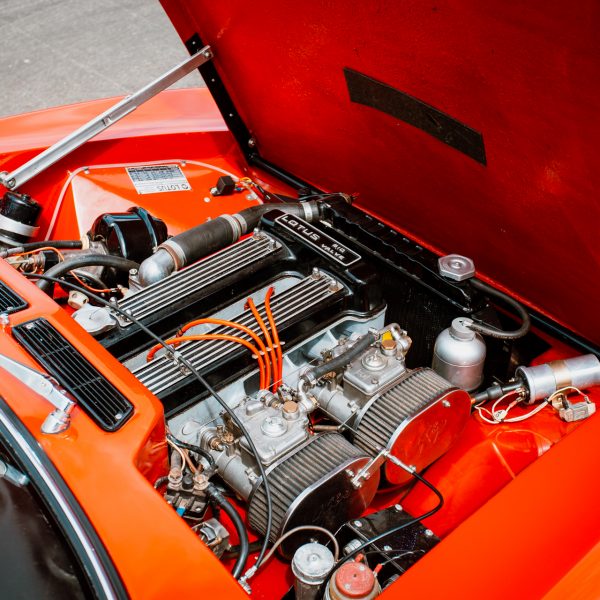

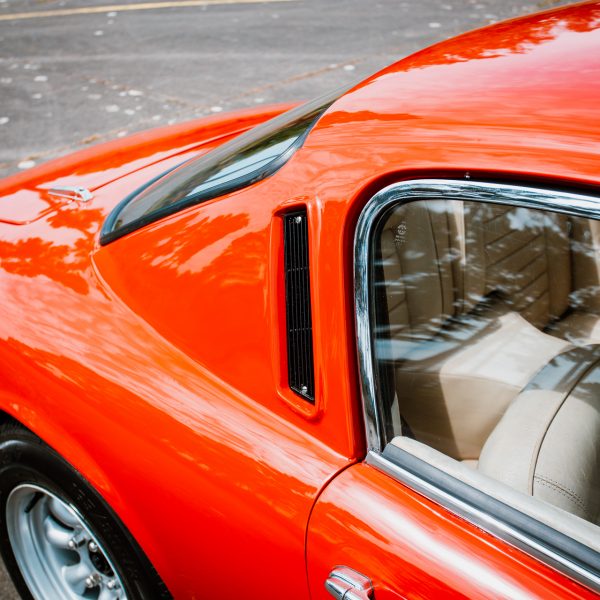
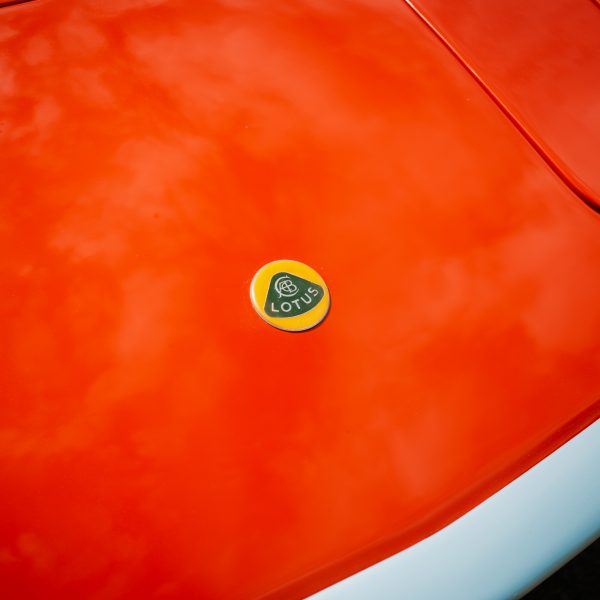
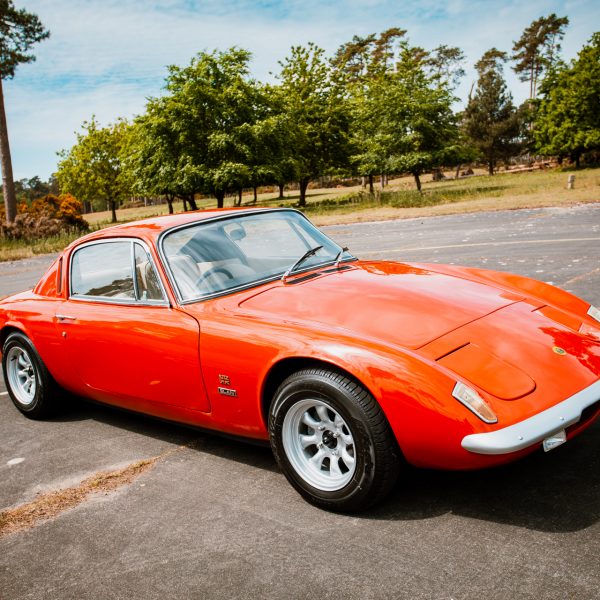
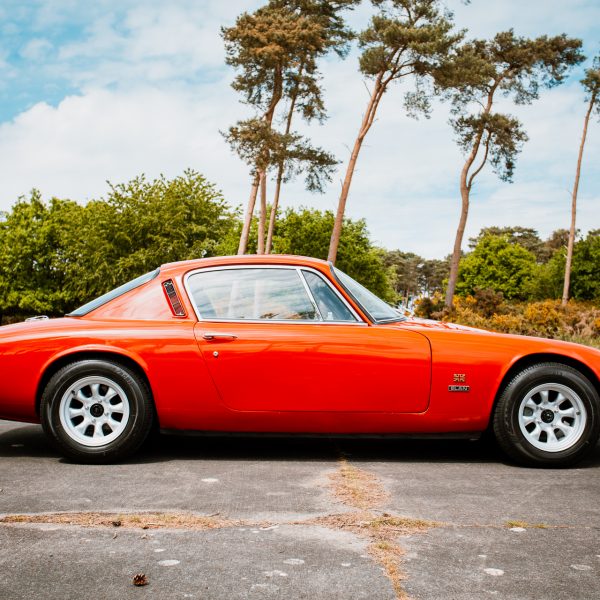
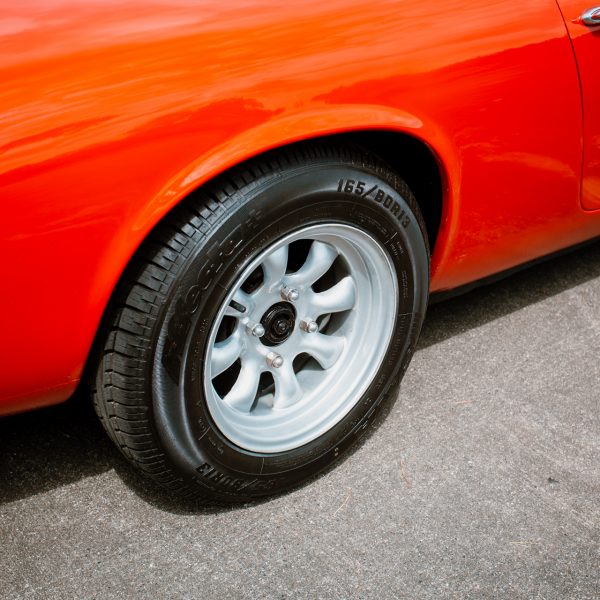
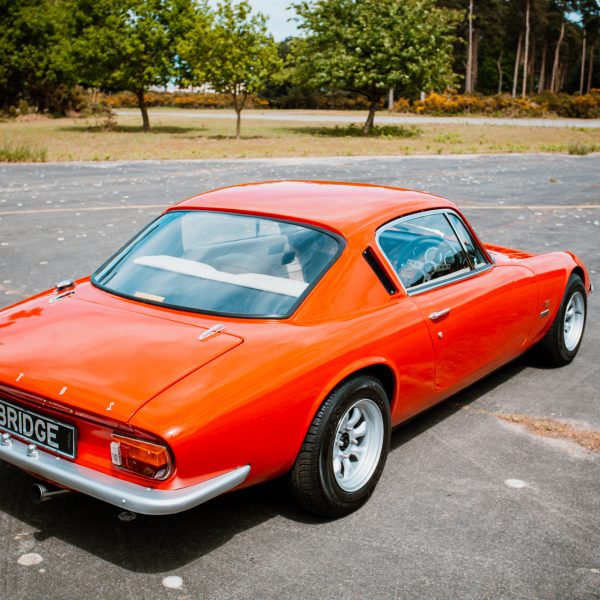
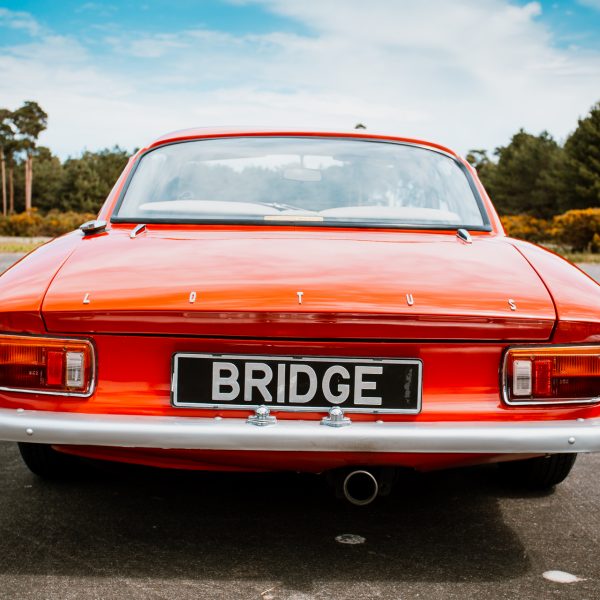


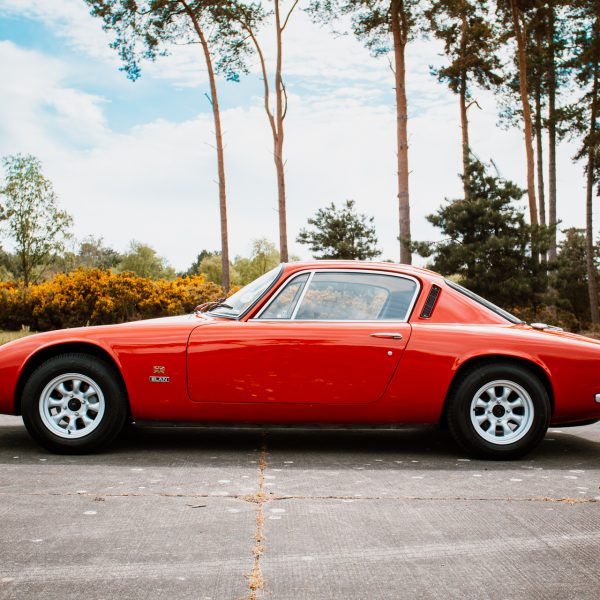
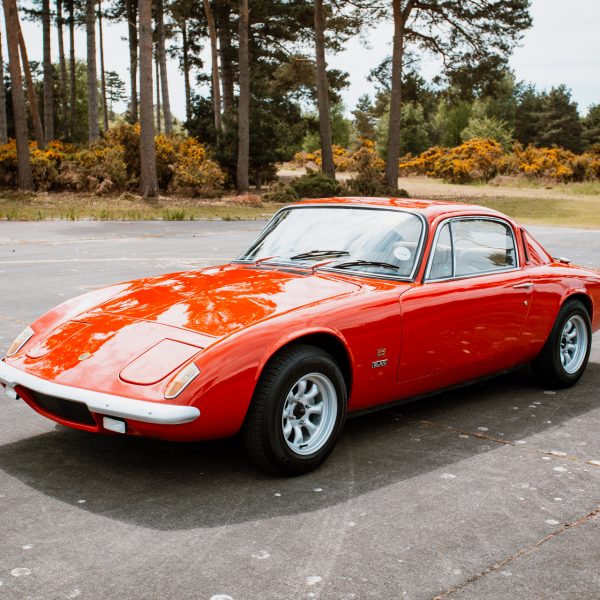

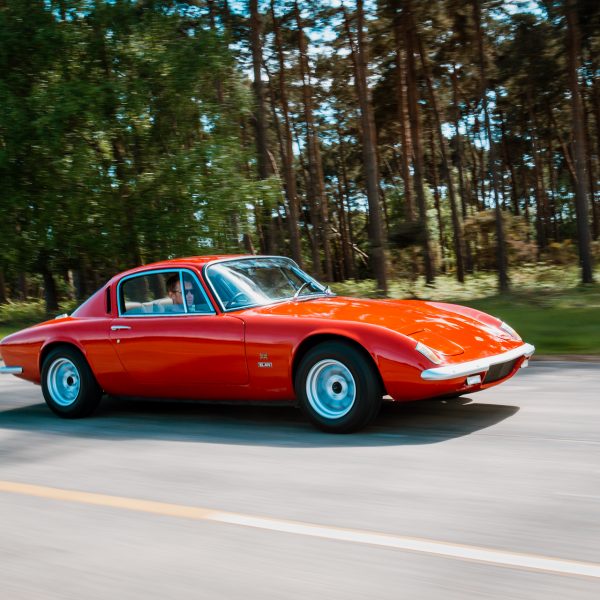
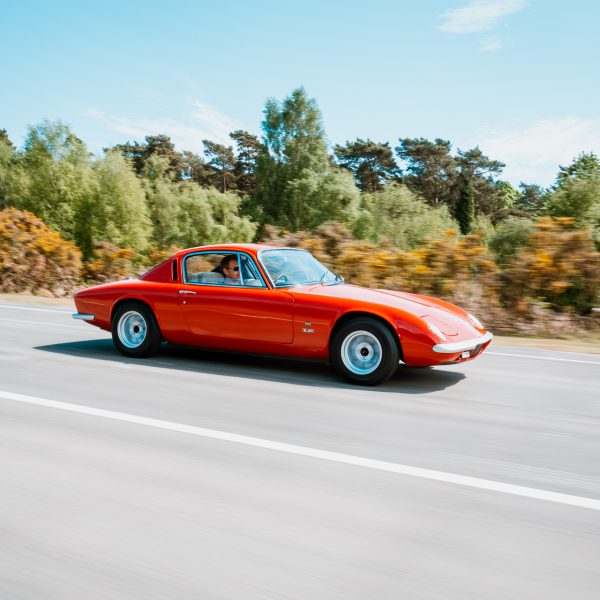

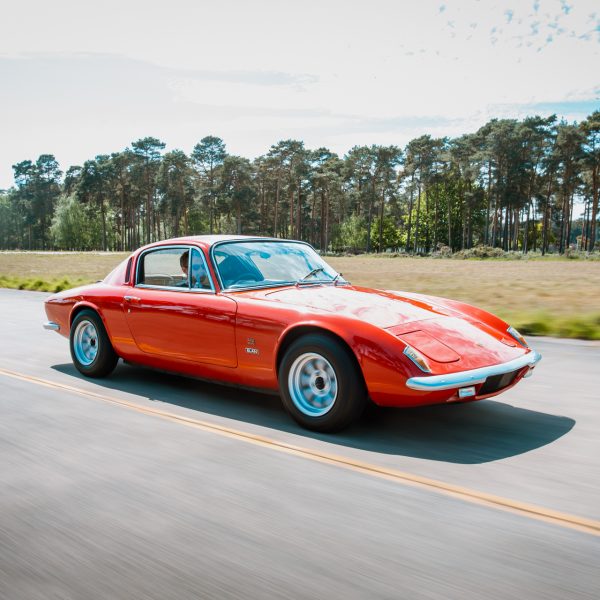
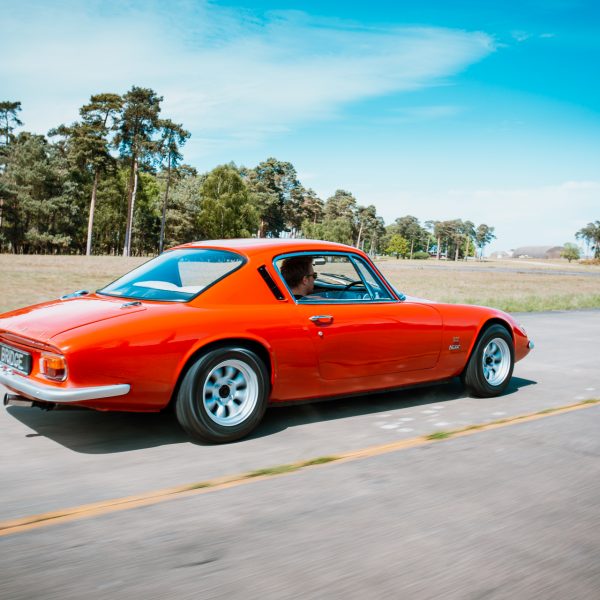
The Lotus Elan – An iconic piece of British design which has inspired and helped to form its competition since its introduction in 1962.
Lotus is known for lightweight, nimble and beautifully handling sports cars which the Elan has come to personify. Beginning production in the early 1960s, the Elan became a favourite of enthusiasts and racers alike. Its single-minded approach to pure driving enjoyment is what has stood the test of time for generations of drivers.
The early cars were built at the old Cheshunt factory before the move to the birthplace of our 1972 Elan +2, the legendary Hethel. The base of operations for Lotus since 1966 where everything from the Elan to the brand new Emira and all-electric Evija hypercar is built.
The Elans were built deep in the Norfolk countryside in the earliest iteration of the Hethel facility. The cars, which were assembled in then modern workshops, were tested in and around Hethel to make sure they are up to the driving standards that were set for a Lotus, and that still remains true to this day. Each Lotus is taken out from final assembly to be driven around the in-house test track which also served as the test track of Formula 1 and GT racers all the way back to the 1960s.
But what makes the Elan so special and have a following which spans across the globe? With cars being recorded in over 30 different countries.
The fibreglass body sat atop a steel backbone which formed its chassis. This process, which began with the Elan, would be the order of business for the next 30 years in Lotus road car production. This simple but effective way of creating a driving platform, allowed its creators (including the legendary Colin Chapman) to work on developing what many have claimed to be the benchmark of sports car handling.
The Elan’s 4-wheel independent suspension was paired with a 4 wheel disc brake set up to keep the beautiful twin-cam engined sports car settled and confident. The steering on the Elan was so legendary in fact, it has been set as the standard against which some truly incredible machines have been measured. Light and talkative, the steering in the Elan is just what you would want in a small, fun British sports car.
Such a machine has to be experienced to be understood. The lightness of touch, the purpose of expression and the visceral feeling of being at one with a car.
And, you could still win it! Click here to enter the Bridge Classic Cars 1972 Lotus Elan +2 competition.
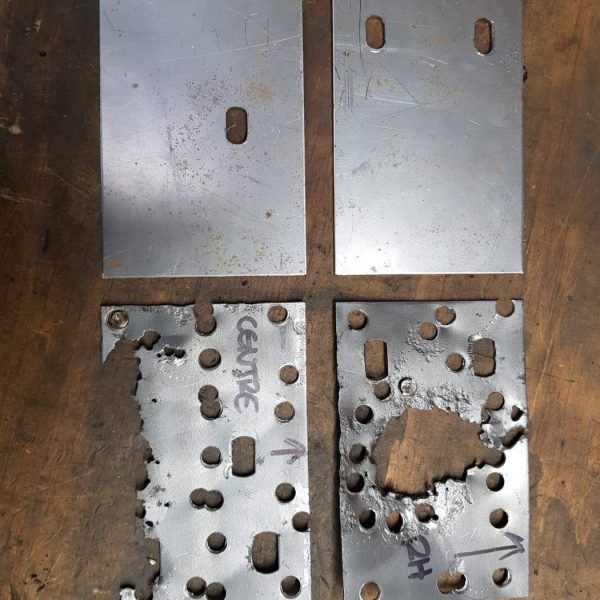
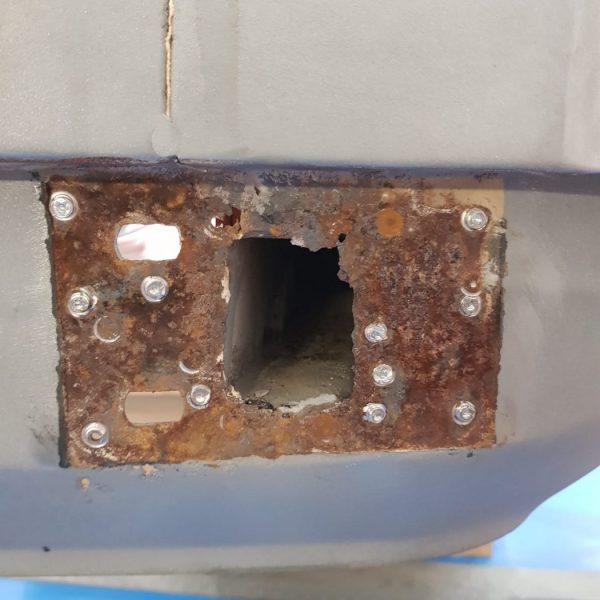
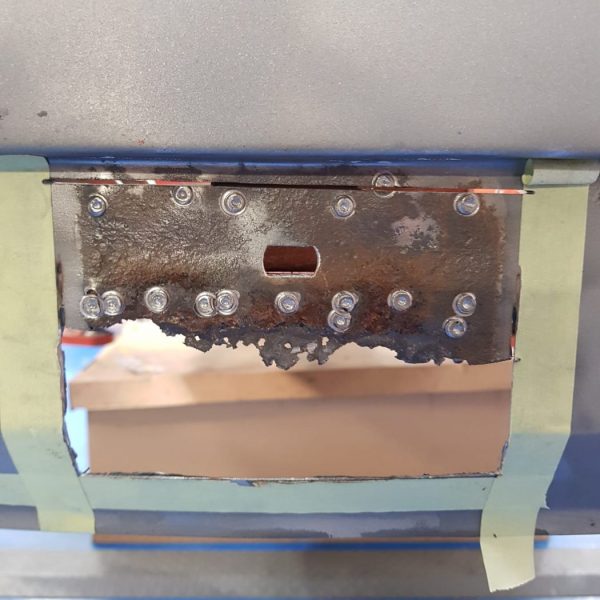
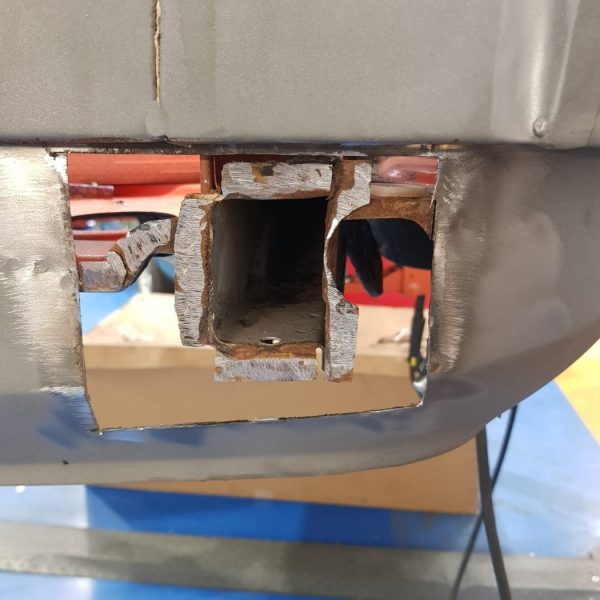
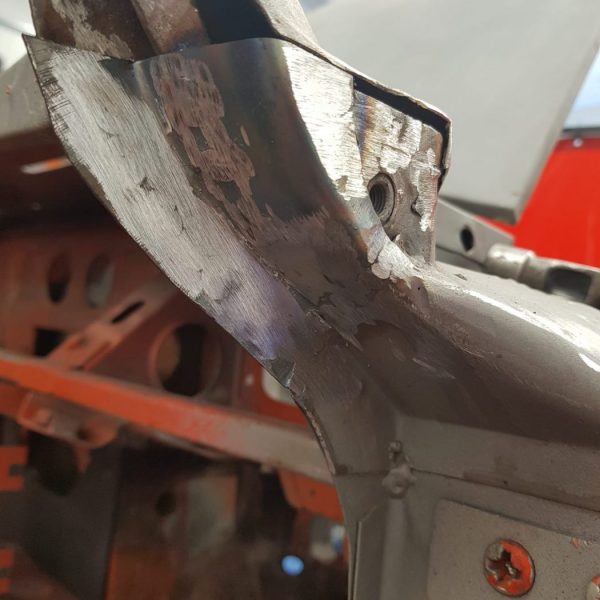

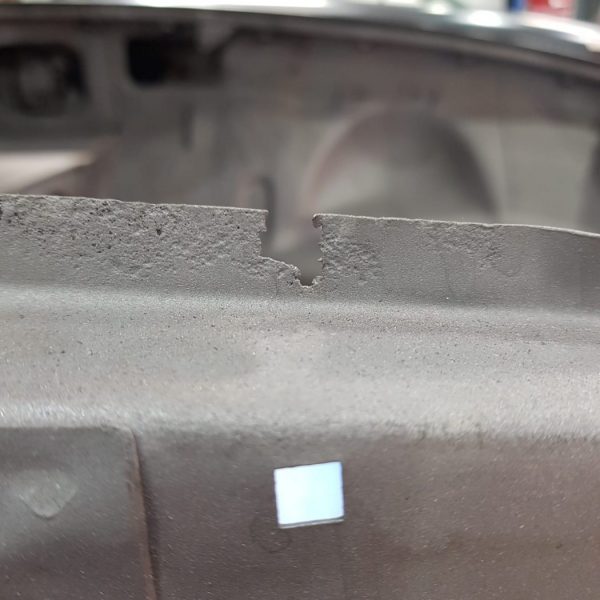
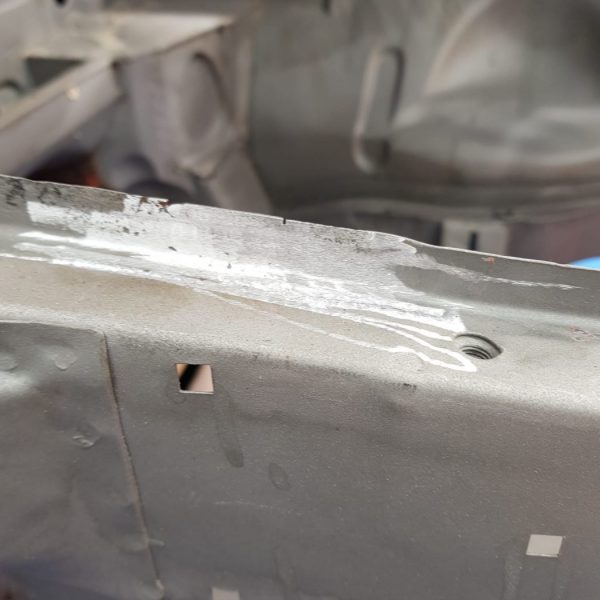
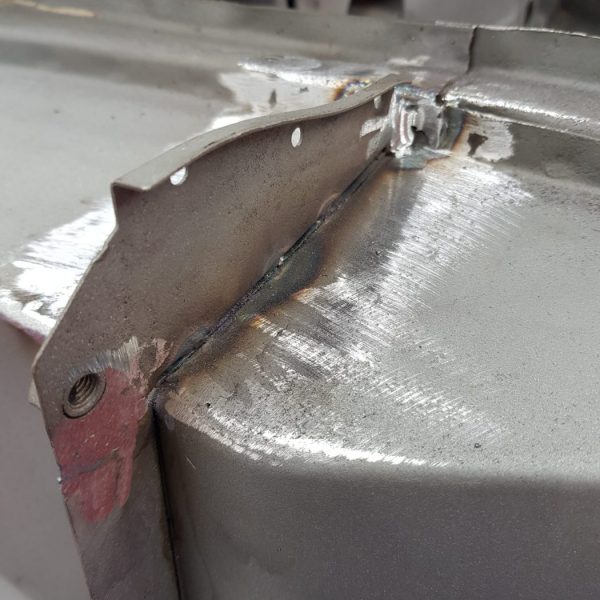
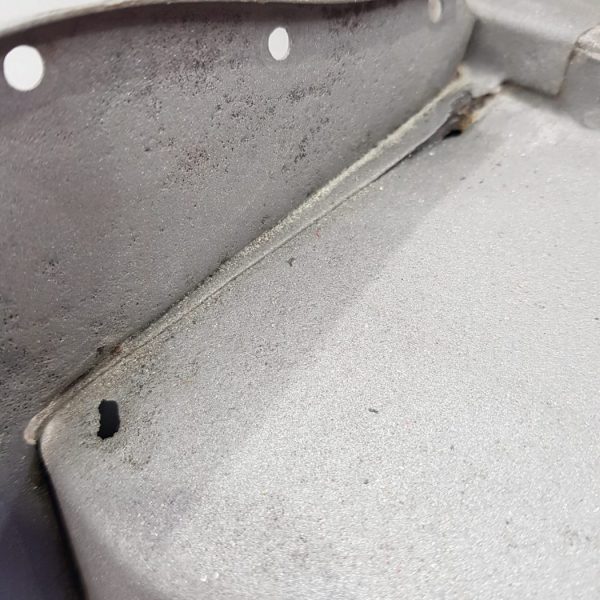

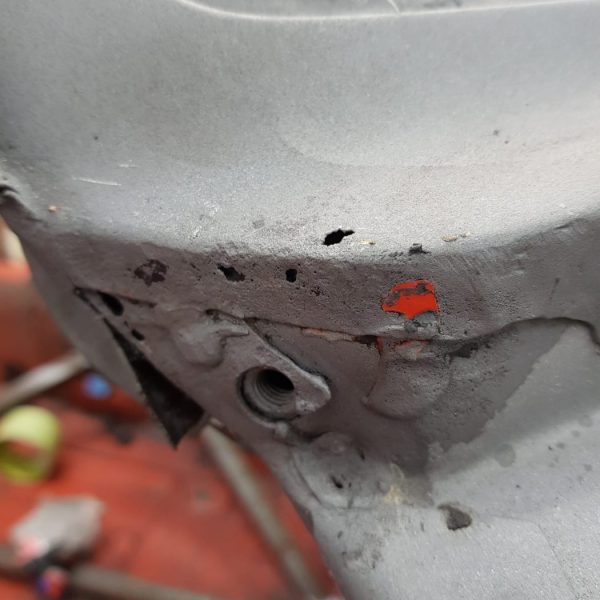
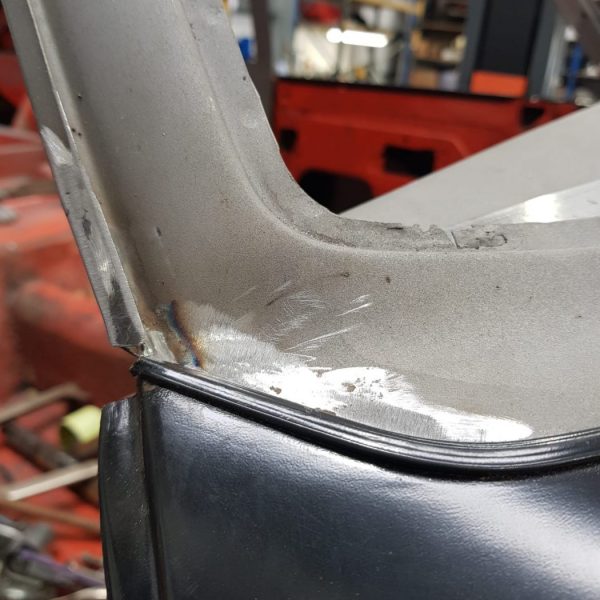
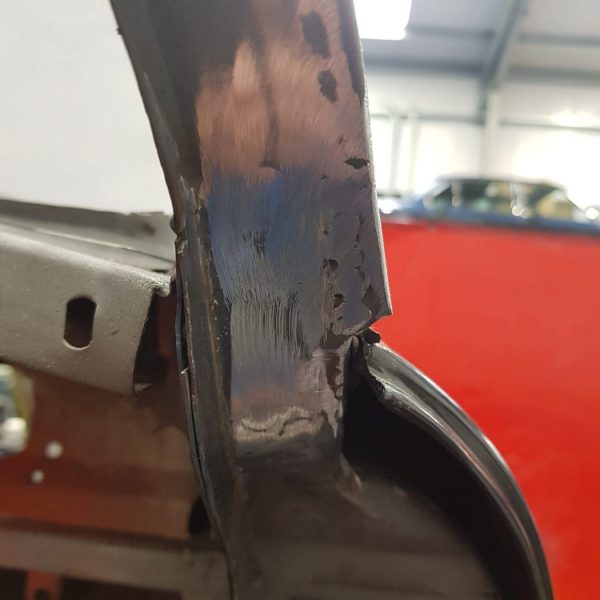
The restoration workshop at Bridge Classic Cars has been continuing with the metal repairs to the 1978 MG B GT in with us for restoration.
The team have been working on the right-hand side of the car to remove the areas of corrosion to key parts of the bodyshell. This begun with cutting out the corrosion at the rear of the car in the valance. These were cut out of the car to create new templates for replacements, so the team could make the new pieces as close as possible to the originals.
Then the team could move on the car’s windshield pillars which had areas of corrosion at their base. This was peeled back to expose just how in-depth it had gone into the piece before the team replaced it.
Along with this, some pieces at the top of the inner wing was also replaced due to corrosion and to allow for the best fitment of the new wings which have been test fitted to the body to check alignment.
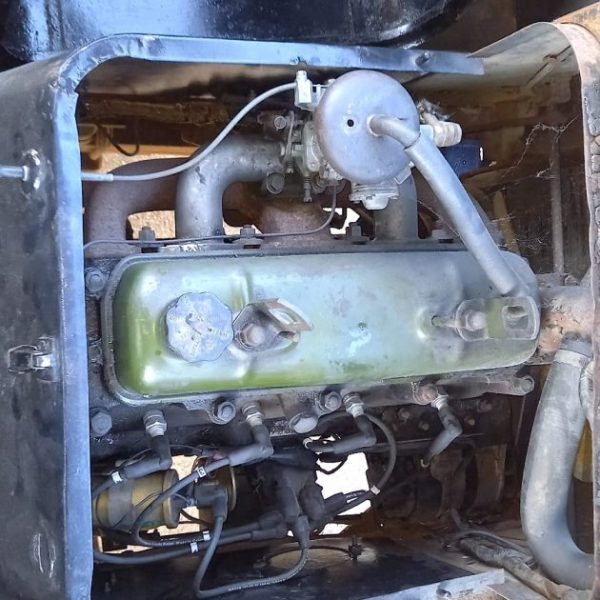
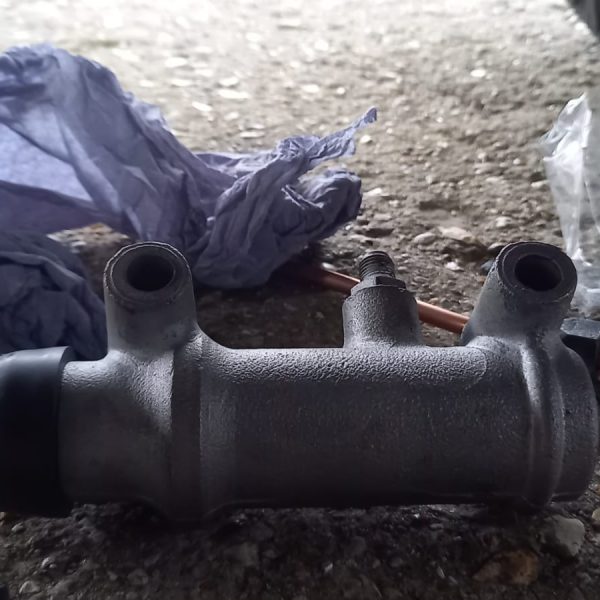
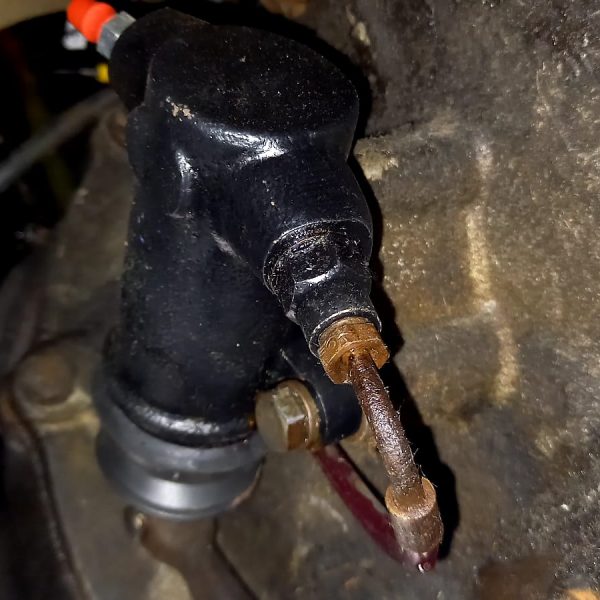


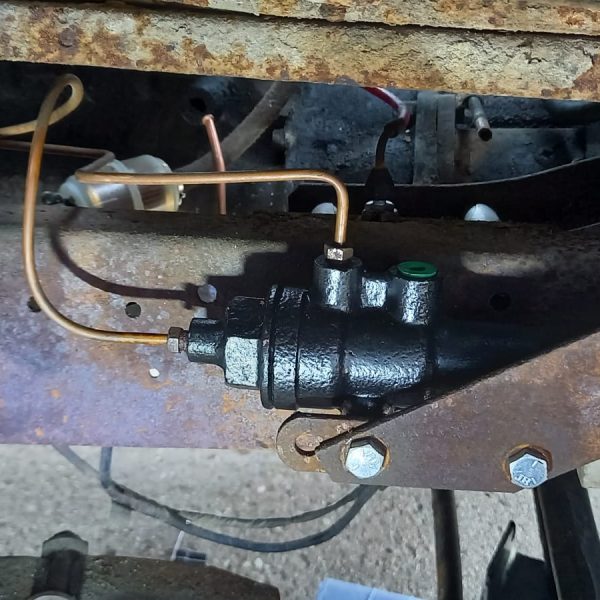
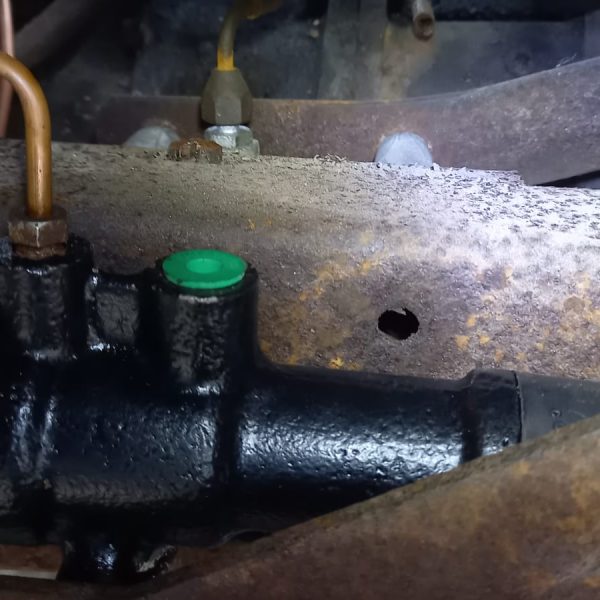

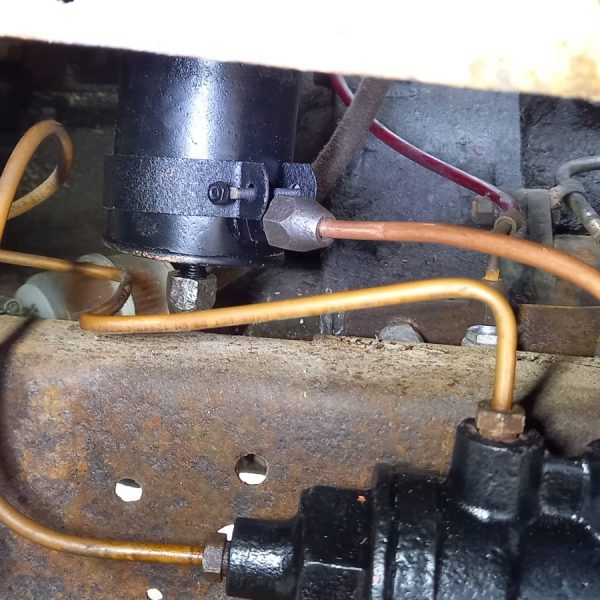
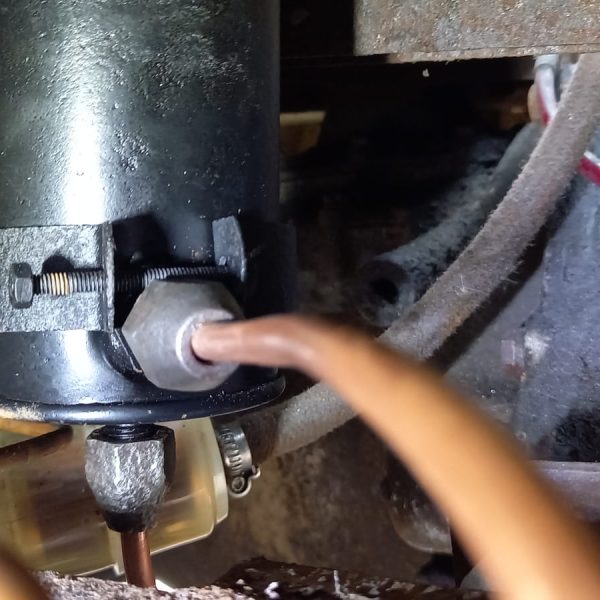
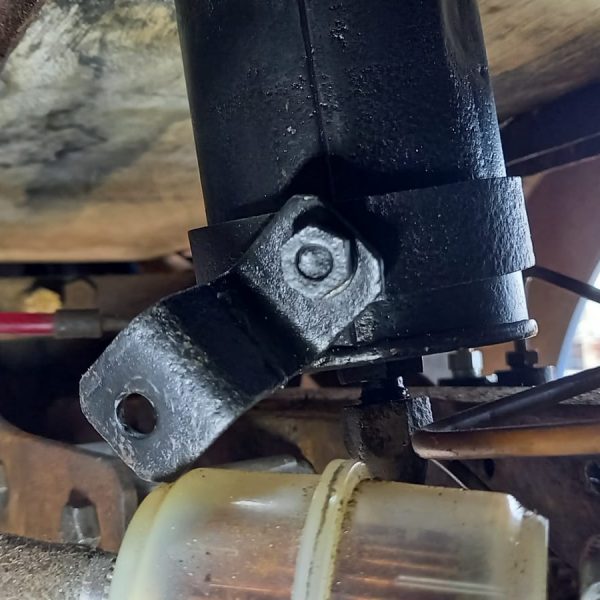
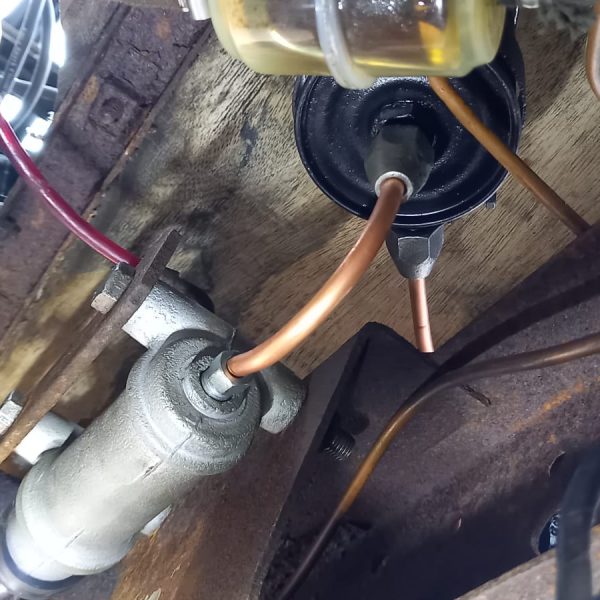
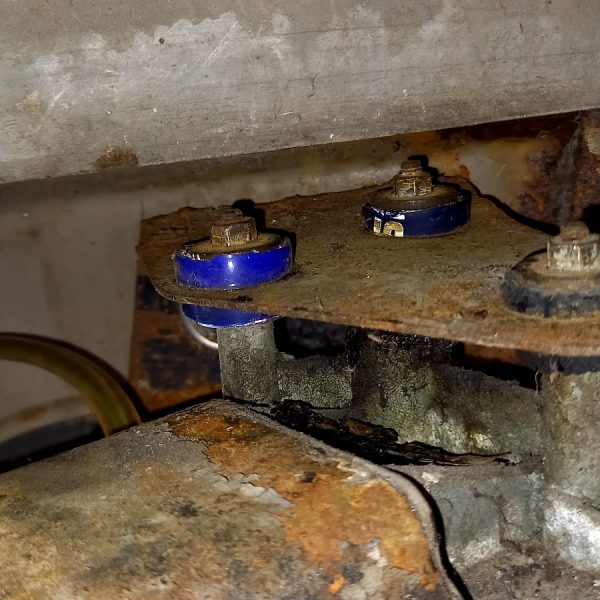
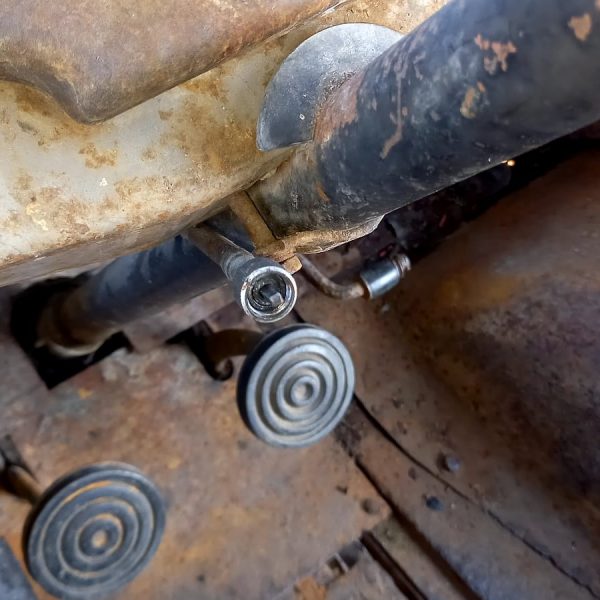
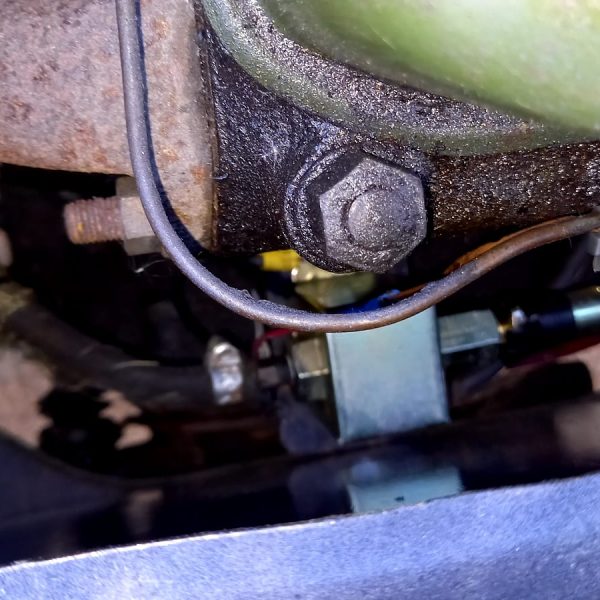

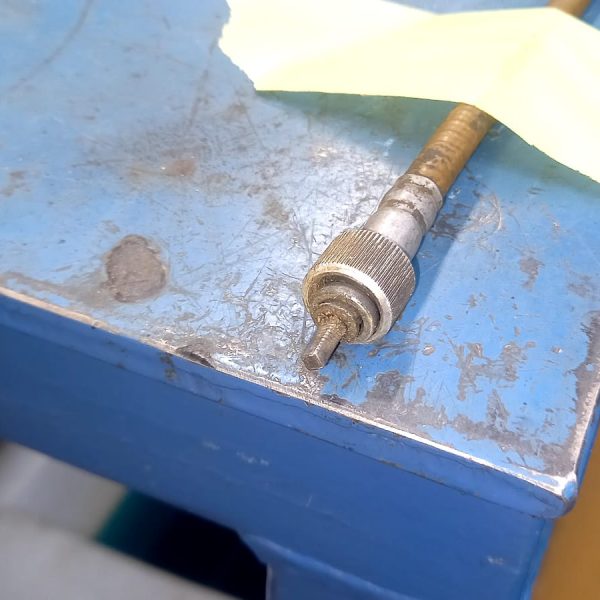
The 1963 Morris LD which has been at Bridge Classic Cars for our workshop team to do carry out some mechanical reconditioning work, is having the final few jobs ticked off its list.
The team have been working underneath the classic Morris van to fit up all the new hydraulic lines to the wheel cylinders and installed the new clutch slave cylinder before hooking the metal pipework to that component to complete the circuit. The whole system was then bled and checked before the team could move on to another job.
Next, the team made new mounts for the wiper motors. These were installed in place with the switch hooked back up and tested.
Finally, before taking the classic van on a road test the team noticed the speedometer cable wasn’t working as it should. Upon inspection, the team noted an internal break in the cable itself. The original speedo cable was coiled up and on the customers request, not replaced.
With all of this work now complete, it was time for the wonderful Morris LD to head back home with its owner.
Bridge Classic Cars are award winning Classic Car Restoration and Maintenance specialists. Your pride and joy is in safe hands with our expert Classic Car Technicians. Take a look at our awards here.
We use cookies to deliver the best possible experience whilst visiting our website. By clicking "Accept All", you consent to our use of cookies, or you can manage your preferences by clicking the link below. You can manage your preferences at any time from out Cookie Policy page.